Embarking on an RV adventure promises freedom, exploration, and unforgettable memories. However, one common challenge that many RV owners face is managing humidity levels inside their mobile homes. High humidity can lead to mold growth, unpleasant odors, and discomfort, ultimately diminishing your travel experience. Fortunately, an rv dehumidifier offers a practical solution to maintain optimal indoor air quality and ensure a pleasant environment wherever your journey takes you. In this comprehensive guide, we will explore the benefits, types, and maintenance tips for RV dehumidifiers, helping you make an informed decision to enhance your RV lifestyle.
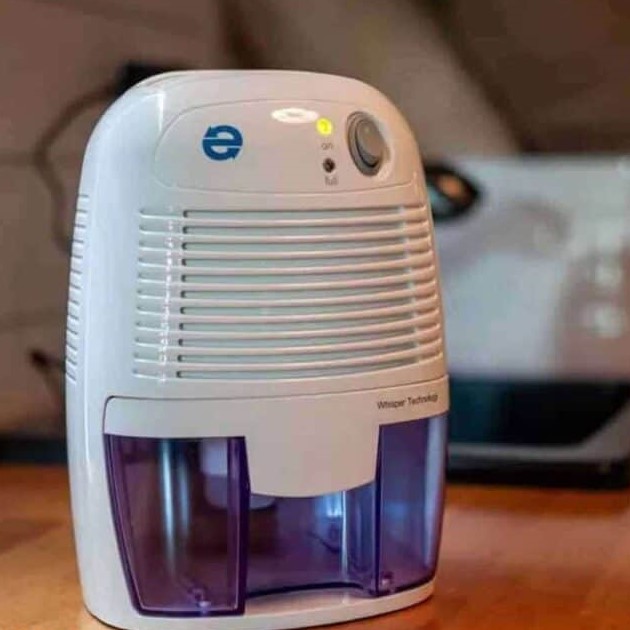 Understanding the Importance of Humidity Control in Your RV
Understanding the Importance of Humidity Control in Your RV
High humidity levels in an RV can create a breeding ground for mold, mildew, and other allergens. Consequently, maintaining appropriate humidity is crucial not only for the structural integrity of your vehicle but also for your health and comfort. Excess moisture can deteriorate interior furnishings, electronics, and personal belongings, leading to costly repairs and replacements. Moreover, breathable air is essential for a comfortable living space, especially during extended trips or in regions with varying climates.
The Science Behind Humidity and Mold Growth
Mold thrives in environments where moisture and organic matter coexist. In an RV, the combination of limited ventilation and constant movement can trap moisture, making it an ideal setting for mold proliferation. As a matter of fact, mold spores can spread quickly, causing health issues such as respiratory problems, allergies, and skin irritation. Therefore, managing humidity is not merely a matter of comfort but also a critical aspect of maintaining a healthy living space on the road.
Types of RV Dehumidifiers: Choosing the Right Fit for Your Needs
Selecting the appropriate rv dehumidifier depends on several factors, including your RV’s size, typical climate conditions, and specific moisture control requirements. Below, we outline the primary types of dehumidifiers available to RV enthusiasts, highlighting their unique features and benefits.
Refrigerant Dehumidifiers: Efficiency and Reliability
Refrigerant dehumidifiers are popular for their efficiency in removing moisture from the air. These devices operate by cooling the air to condense moisture, subsequently collecting the water in a reservoir. As shown above, refrigerant models are highly effective in warm climates, making them suitable for RVs frequently traveling to humid destinations.
Advantages:
- High moisture removal capacity
- Energy-efficient operation in warm environments
- Quiet performance, ideal for maintaining a peaceful atmosphere
Considerations:
- Less effective in cooler temperatures
- May require venting for optimal performance
Desiccant Dehumidifiers: Versatility in Various Conditions
Desiccant dehumidifiers utilize moisture-absorbing materials, such as silica gel, to extract humidity from the air. Consequently, these units are versatile and perform well in a wide range of temperatures, including colder climates where refrigerant models may falter.
Advantages:
- Effective in both warm and cool environments
- Lightweight and portable, making them ideal for RV use
- Typically quieter than refrigerant models
Considerations:
- Generally higher energy consumption
- May require regular replacement or recharging of desiccant materials
Electronic Dehumidifiers: Compact and Efficient Solutions
Electronic dehumidifiers employ advanced technology to condense moisture from the air, offering a compact and energy-efficient solution for RV owners. These units often feature built-in pumps or automatic shut-off functions, enhancing convenience and usability.
Advantages:
- Compact and space-saving design
- Energy-efficient with smart features
- Easy to maintain and operate
Considerations:
- Limited moisture removal capacity compared to larger units
- May not be suitable for very humid environments
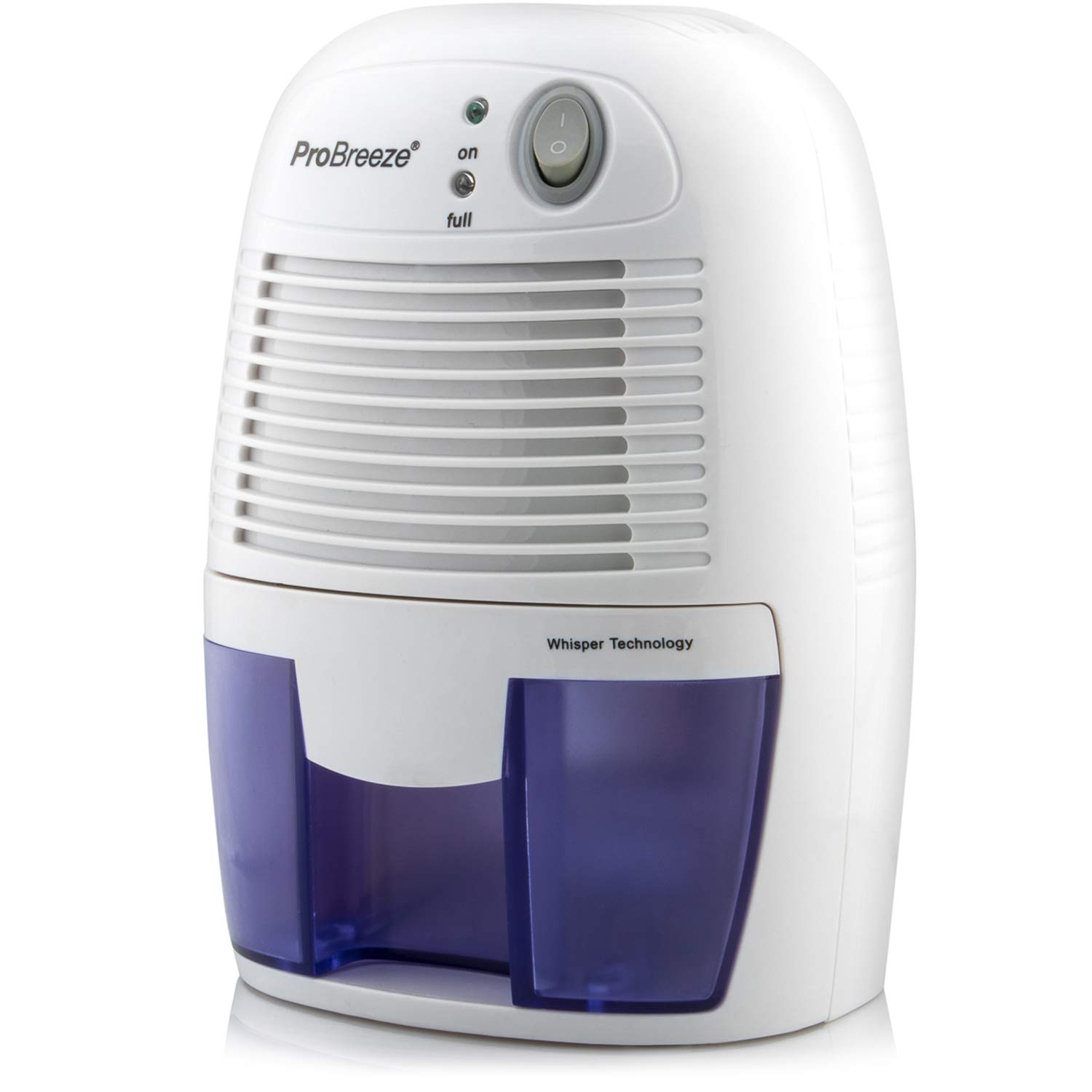 Factors to Consider When Choosing an Dehumidifier for RV
Factors to Consider When Choosing an Dehumidifier for RV
Before investing in an rv dehumidifier, it is essential to evaluate your specific needs and the unique conditions of your RV. Here are key factors to consider to ensure you select the most suitable model for your lifestyle.
RV Size and Dehumidifier Capacity
The size of your RV directly impacts the dehumidifier capacity you require. Larger vehicles necessitate units with higher moisture removal rates to maintain optimal humidity levels. Conversely, smaller RVs may benefit from compact models that efficiently manage modest humidity without excessive energy consumption.
Power Consumption and Energy Efficiency
Given the limited power resources typically available in an RV, selecting an energy-efficient dehumidifier is paramount. Look for models with low wattage ratings and energy-saving features to minimize the impact on your power supply, especially during extended trips or when off-grid.
Portability and Installation
Portability is a critical consideration for RV dehumidifiers, as you may need to move the unit between different spaces or adjust its placement based on your travel plans. Additionally, ease of installation is important to ensure the device fits seamlessly into your RV’s layout without causing inconvenience.
Noise Level and Comfort
A quiet operation is essential to maintain a comfortable living environment, especially during nighttime or while working inside the RV. Evaluate the noise levels of different dehumidifier models to choose one that operates discreetly without disrupting your peace and relaxation.
Benefits of Using an Dehumidifier for RV
Investing in an rv dehumidifier offers numerous advantages that enhance your overall RV experience. Below, we explore the key benefits that make a dehumidifier a worthwhile addition to your mobile home.
Improved Air Quality and Health
Maintaining low humidity levels significantly improves indoor air quality by reducing the presence of mold, mildew, and allergens. Consequently, this creates a healthier environment, alleviating respiratory issues and promoting overall well-being during your travels.
Protection of RV Interiors and Belongings
Excess moisture can damage your RV’s interior, including upholstery, electronics, and wood surfaces. By effectively removing moisture, a dehumidifier safeguards your belongings and prevents costly repairs, ensuring your RV remains in excellent condition over time.
Enhanced Comfort and Sleep Quality
High humidity can make the RV interior feel damp and uncomfortable, disrupting your sleep and overall comfort. An efficient dehumidifier maintains a pleasant and dry environment, contributing to better sleep quality and a more enjoyable living space.
Reduced Maintenance Efforts
By controlling humidity levels, a dehumidifier minimizes the need for frequent cleaning and maintenance to address mold and mildew issues. This allows you to spend more time enjoying your travels and less time managing indoor air quality concerns.
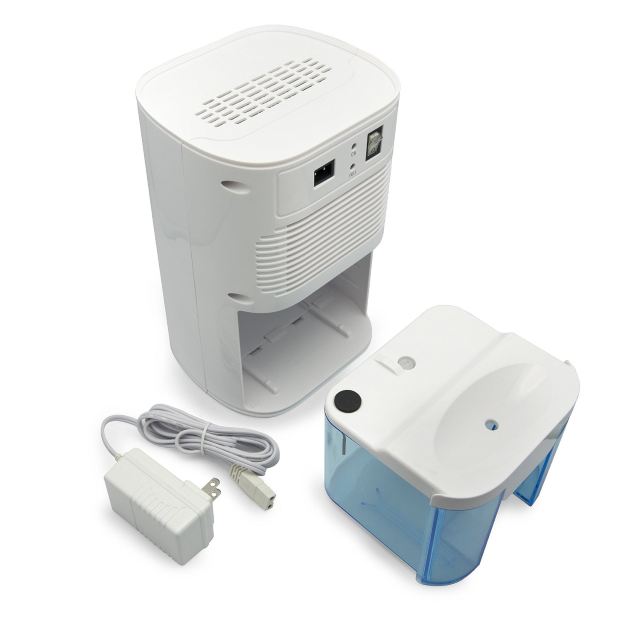 Installation and Maintenance Tips for Your Dehumidifier for RV
Installation and Maintenance Tips for Your Dehumidifier for RV
Proper installation and regular maintenance are crucial to maximizing the performance and longevity of your rv dehumidifier. Here are some practical tips to ensure your device operates efficiently and effectively.
Optimal Placement for Maximum Efficiency
To achieve the best results, place your dehumidifier in a location with adequate airflow and minimal obstructions. Positioning the unit centrally or near moisture sources, such as the kitchen or bathroom, enhances its ability to capture and remove excess humidity from the air.
Regular Cleaning and Filter Replacement
Maintenance involves regularly cleaning the dehumidifier’s components, such as the water reservoir and air filters. Dirty filters can impede airflow and reduce efficiency, so it is essential to replace or clean them according to the manufacturer’s instructions to ensure optimal performance.
Monitoring and Adjusting Humidity Levels
Utilize the built-in hygrometer or an external humidity monitor to keep track of your RV’s humidity levels. Adjust the dehumidifier settings as needed to maintain a consistent and comfortable indoor environment, preventing moisture-related issues before they arise.
Seasonal Considerations and Adaptations
Different seasons bring varying humidity levels, necessitating adjustments to your dehumidifier’s operation. For instance, you may need to increase moisture removal during humid summer months and reduce it during drier winter periods to maintain balance and efficiency.
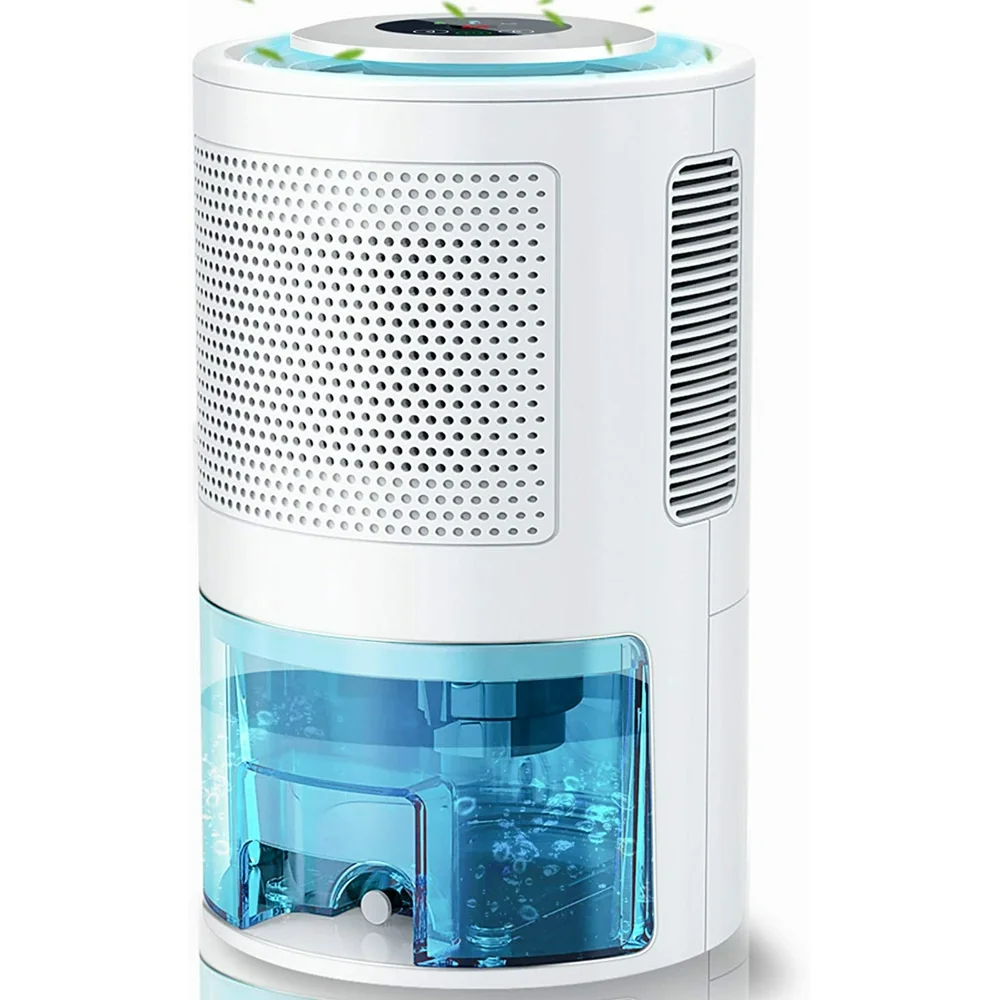 Frequently Asked Questions About Dehumidifier for RV
Frequently Asked Questions About Dehumidifier for RV
To further assist you in making an informed decision, we address some common questions and concerns regarding rv dehumidifiers.
How Often Should I Empty the Water Reservoir?
The frequency of emptying the water reservoir depends on the dehumidifier’s capacity and the humidity levels within your RV. Generally, units with larger reservoirs require less frequent emptying, but it is advisable to monitor the water level regularly to prevent overflow and maintain continuous operation.
Can I Run My Dehumidifier While Boondocking?
Yes, you can run an RV dehumidifier while boondocking, provided you have sufficient power supply. Opt for energy-efficient models to minimize power consumption and ensure your dehumidifier operates without draining your battery reserves excessively.
What Size Dehumidifier Do I Need for a 30-Foot RV?
For a 30-foot RV, a high-capacity dehumidifier is recommended to effectively manage the larger interior space. Look for models with a higher moisture removal rate, such as those capable of extracting 50-70 pints of water per day, to ensure optimal humidity control throughout your vehicle.
Are RV Dehumidifiers Safe to Use Overnight?
Absolutely. RV dehumidifiers are designed with safety features to operate continuously and reliably, even overnight. Ensure the unit is placed on a stable surface away from flammable materials and follow the manufacturer’s safety guidelines to enjoy uninterrupted and secure operation.
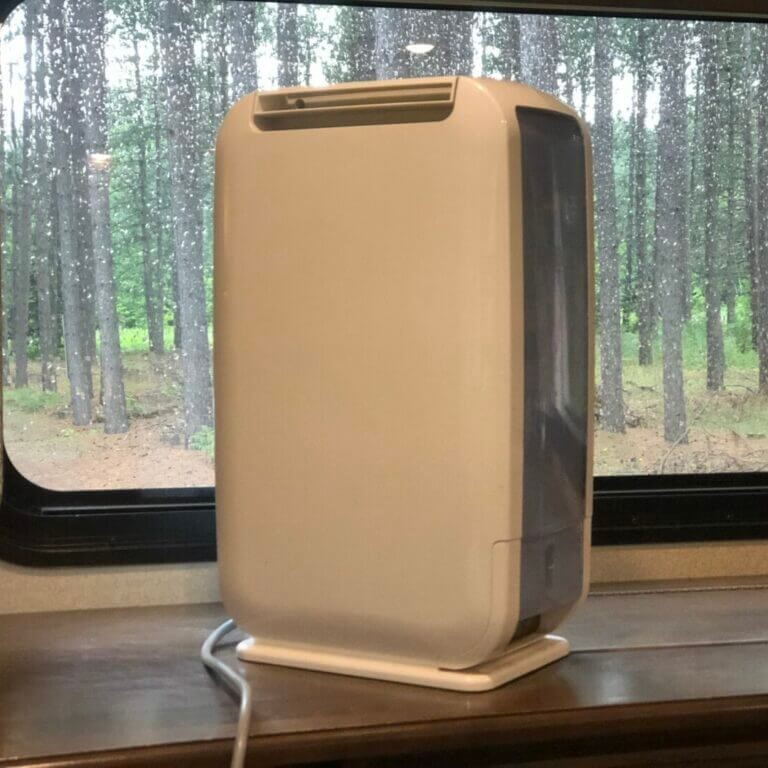 Conclusion
Conclusion
In summary, an rv dehumidifier is an indispensable tool for maintaining a comfortable, healthy, and well-preserved environment within your mobile home. By understanding the various types, benefits, and maintenance practices, you can select the ideal dehumidifier that aligns with your RV’s specific needs and your travel preferences. Ultimately, controlling humidity not only protects your RV and belongings but also enhances your overall travel experience, allowing you to fully embrace the freedom and adventure of life on the road. Invest in a reliable RV dehumidifier today and enjoy the peace of mind that comes with a dry and comfortable living space wherever your journey leads you.

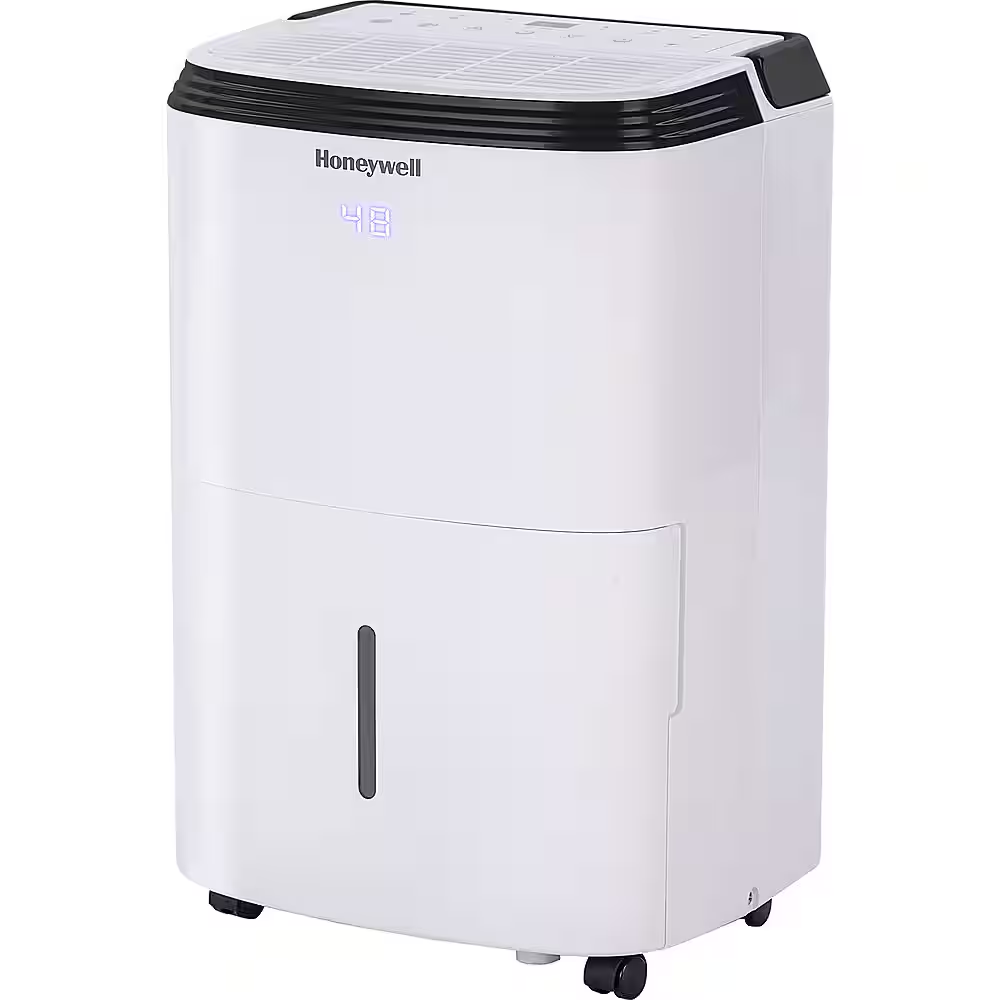
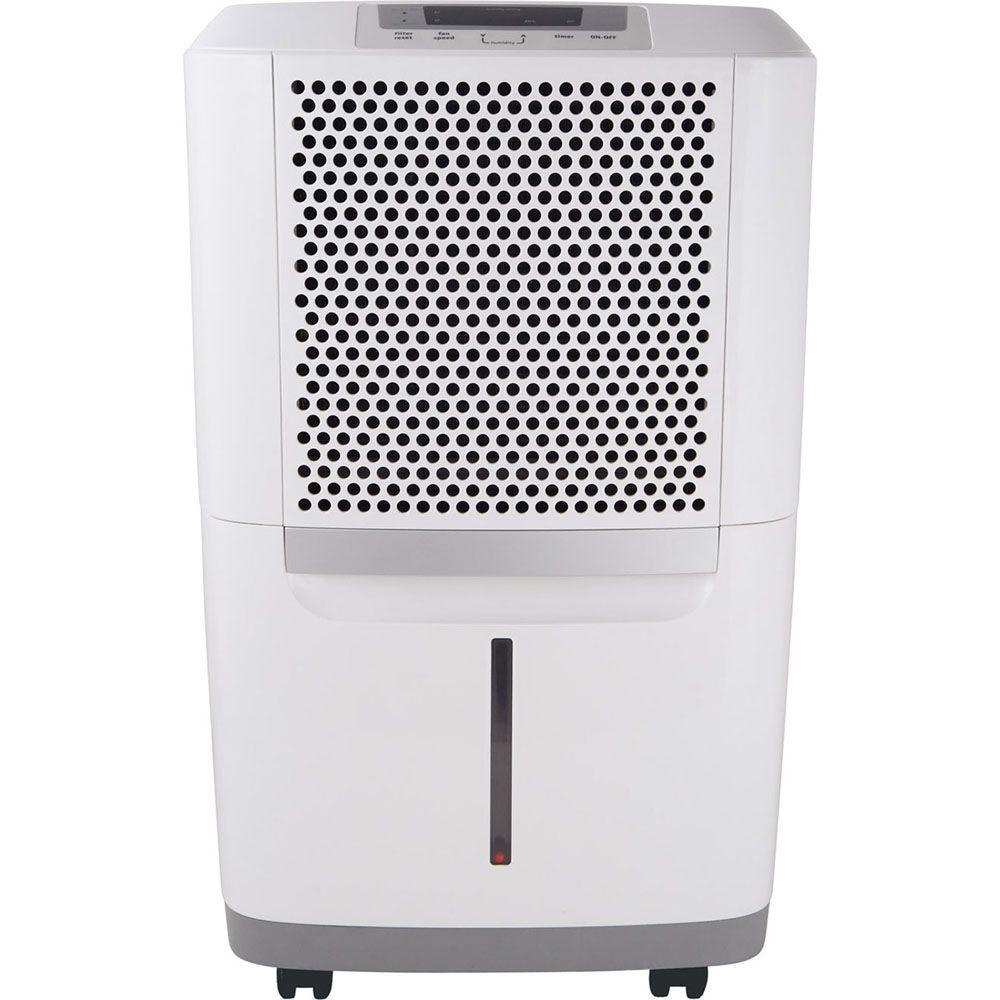 Why Choose a 50-Pint Dehumidifier?
Why Choose a 50-Pint Dehumidifier?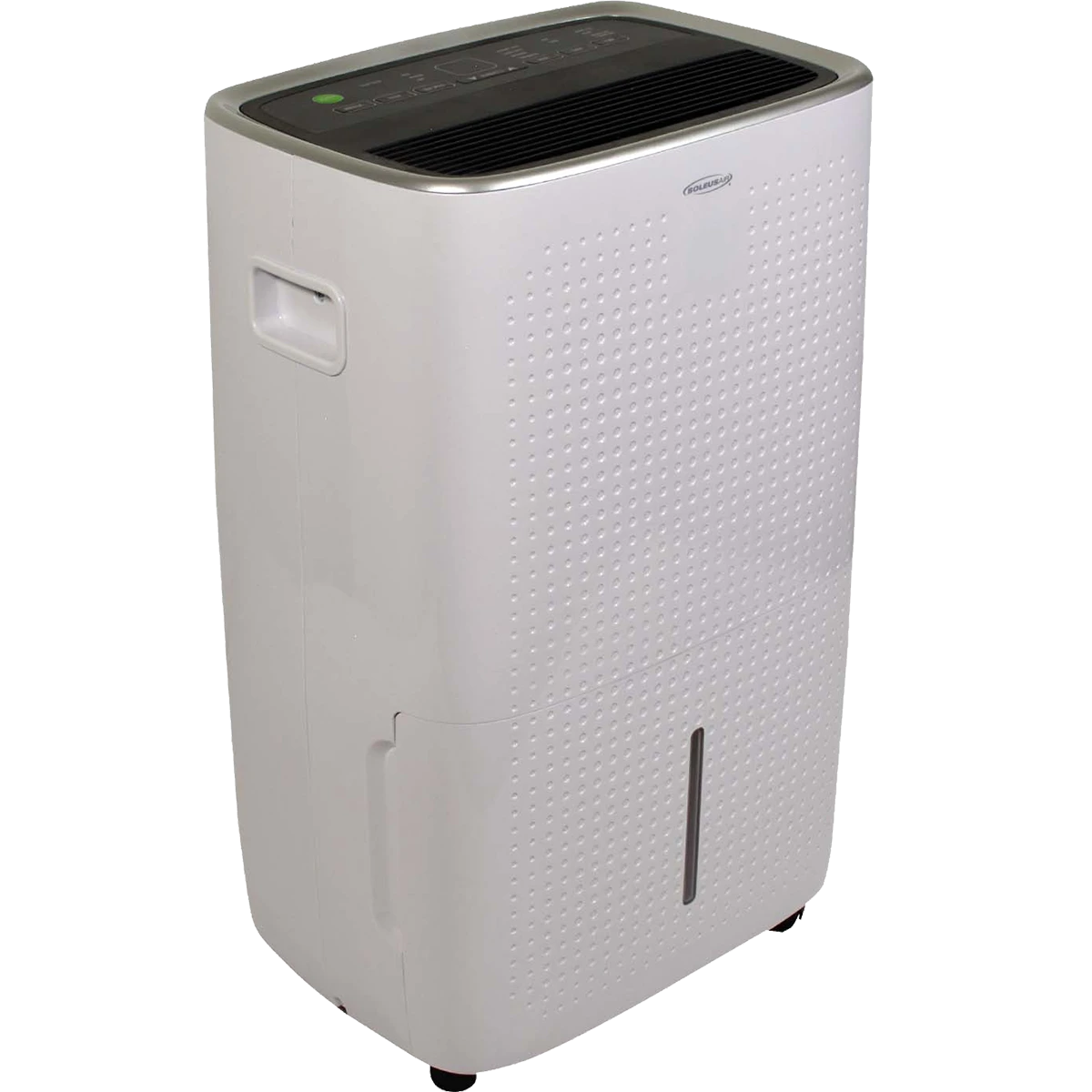 Benefits of Using a 50-Pint Dehumidifier
Benefits of Using a 50-Pint Dehumidifier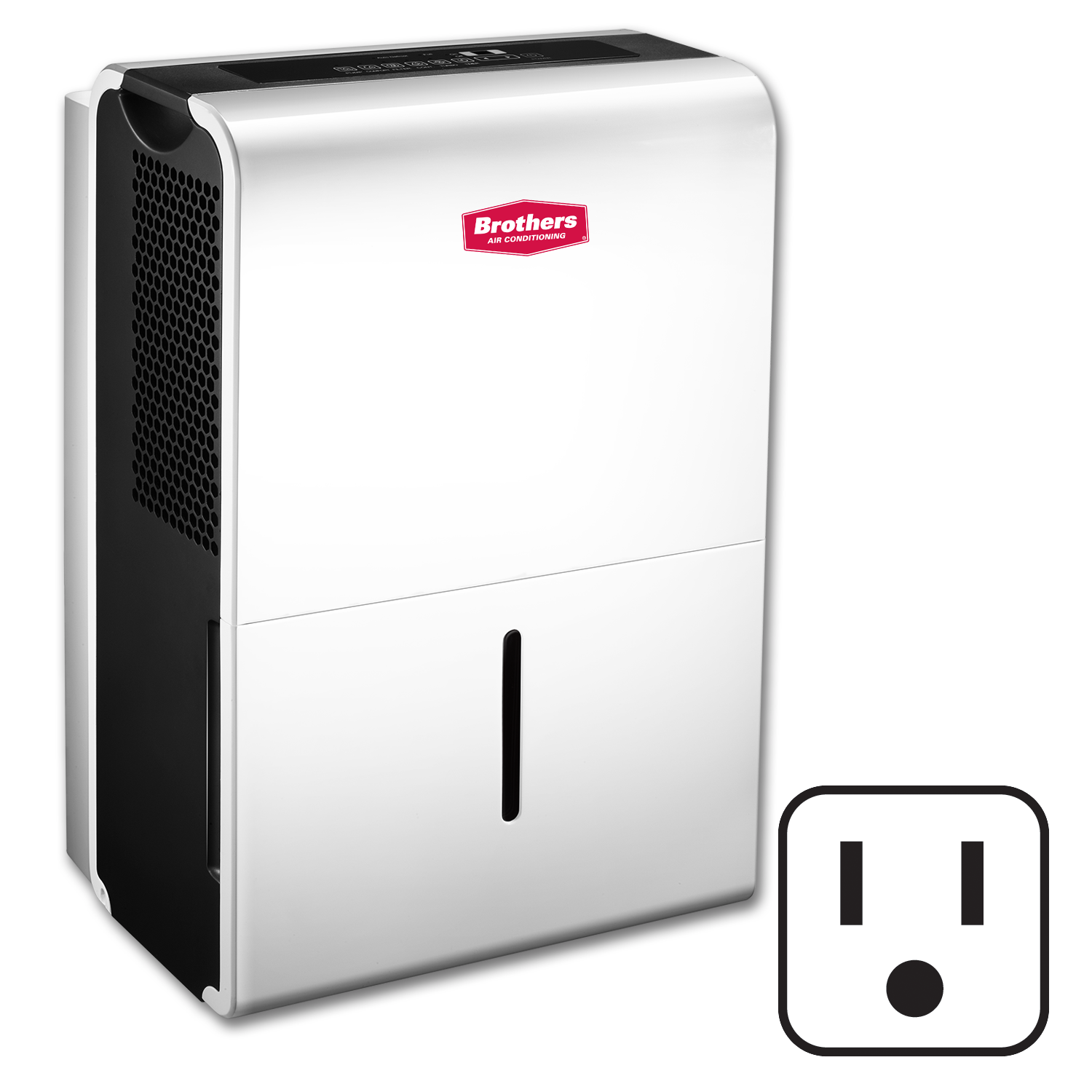 Installation and Maintenance Tips
Installation and Maintenance Tips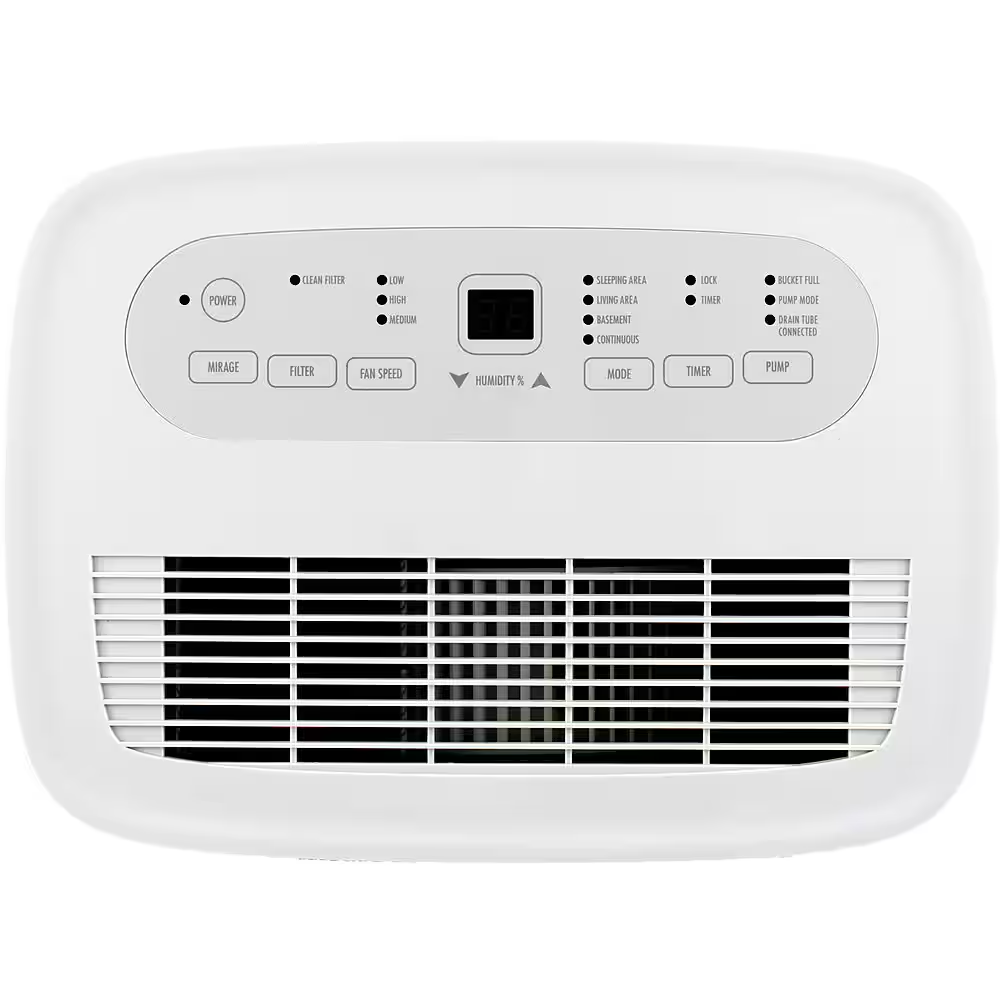 User Reviews and Testimonials
User Reviews and Testimonials
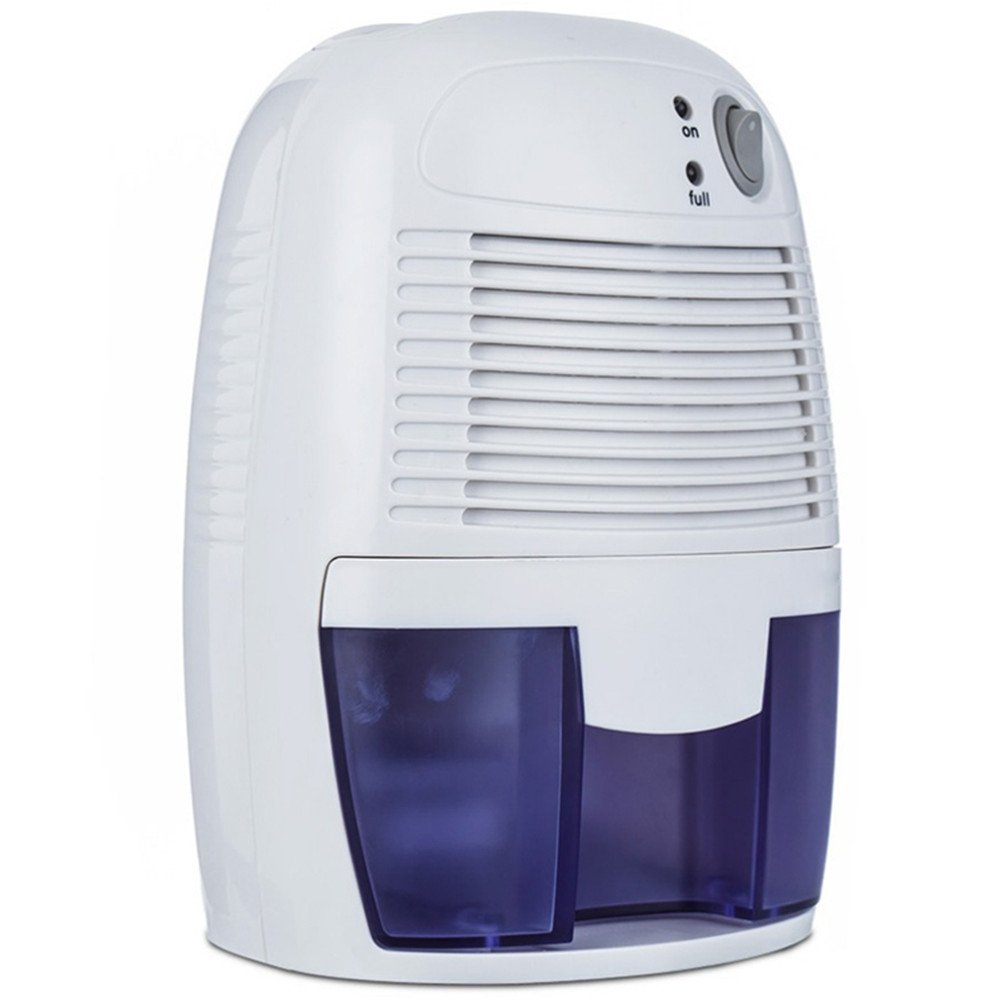 Understanding the Importance of a Dehumidifier
Understanding the Importance of a Dehumidifier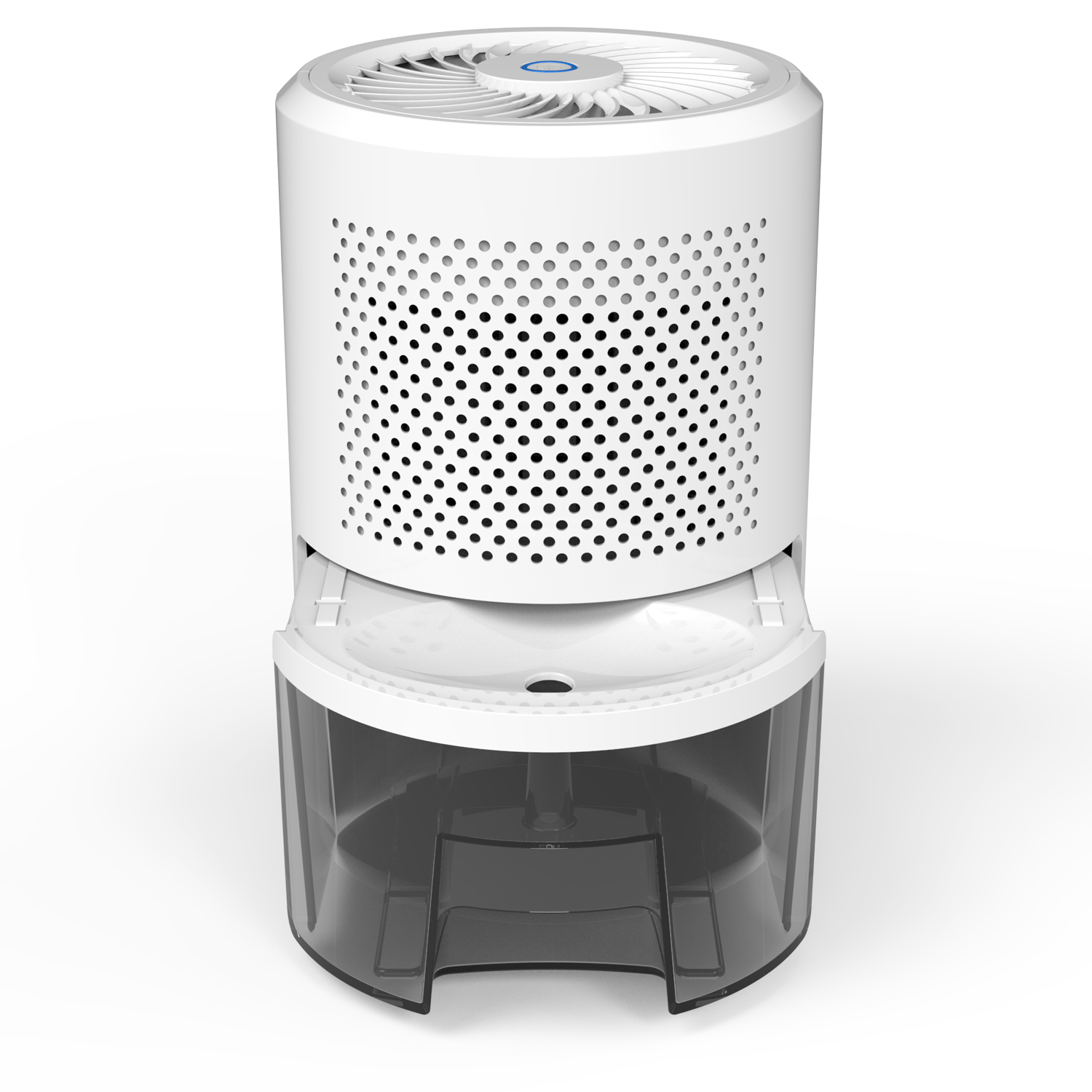 Top Models of the Small Dehumidifiers
Top Models of the Small Dehumidifiers Comparing the Top Small Dehumidifiers
Comparing the Top Small Dehumidifiers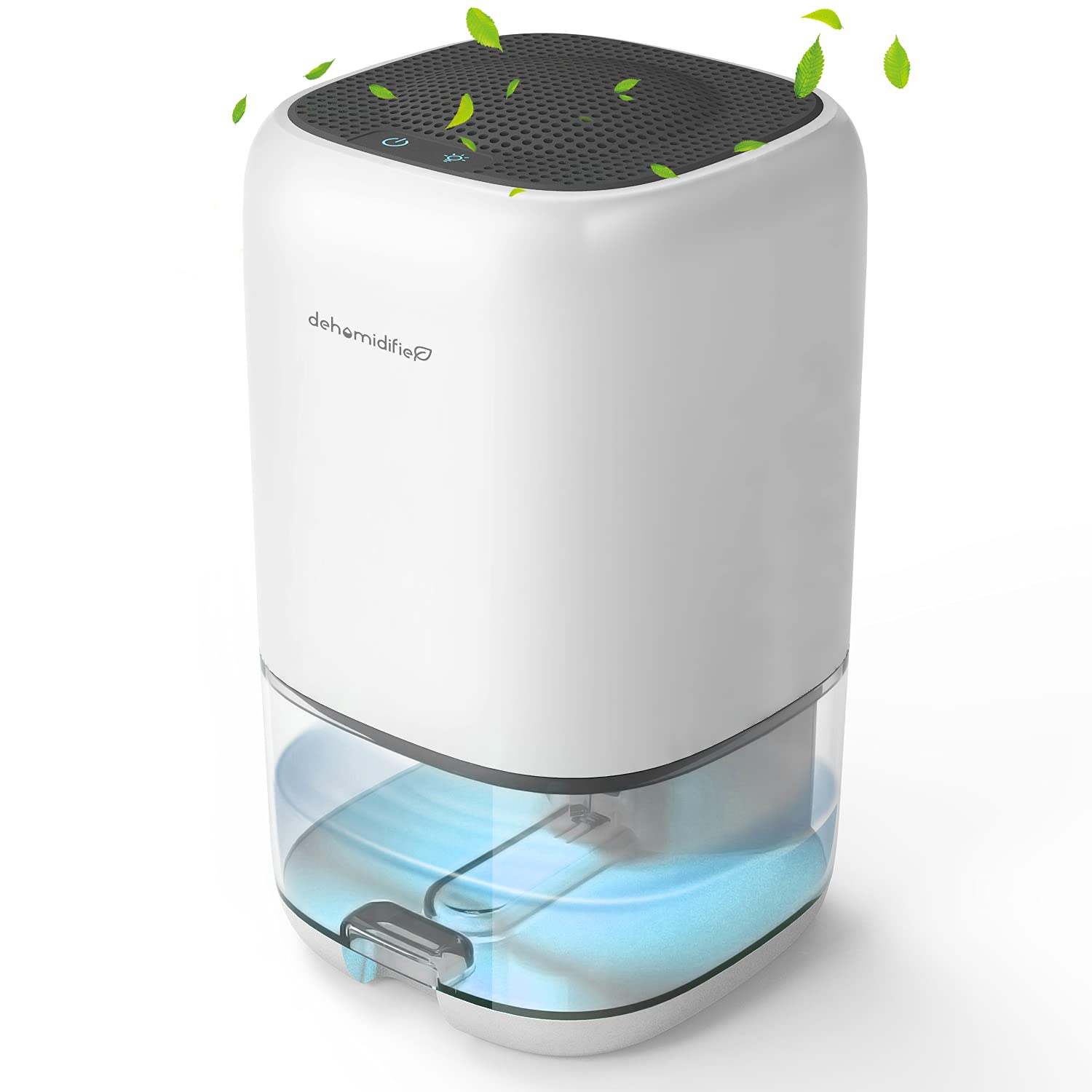 Benefits of Using the Small Dehumidifier
Benefits of Using the Small Dehumidifier
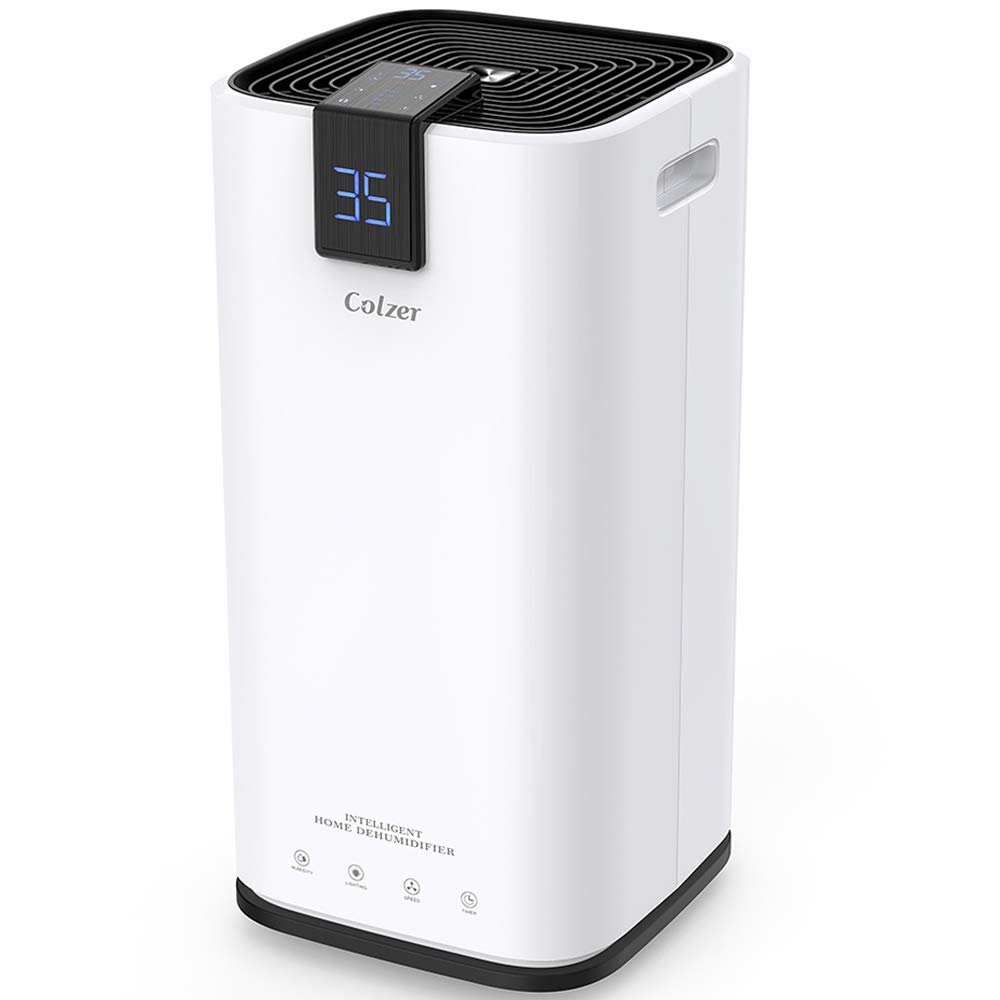 Understanding the Importance of Dehumidifiers
Understanding the Importance of Dehumidifiers Top Picks for the Dehumidifier for House
Top Picks for the Dehumidifier for House How to Choose the Best Dehumidifier for Your House
How to Choose the Best Dehumidifier for Your House Maintenance Tips for Your Dehumidifier
Maintenance Tips for Your Dehumidifier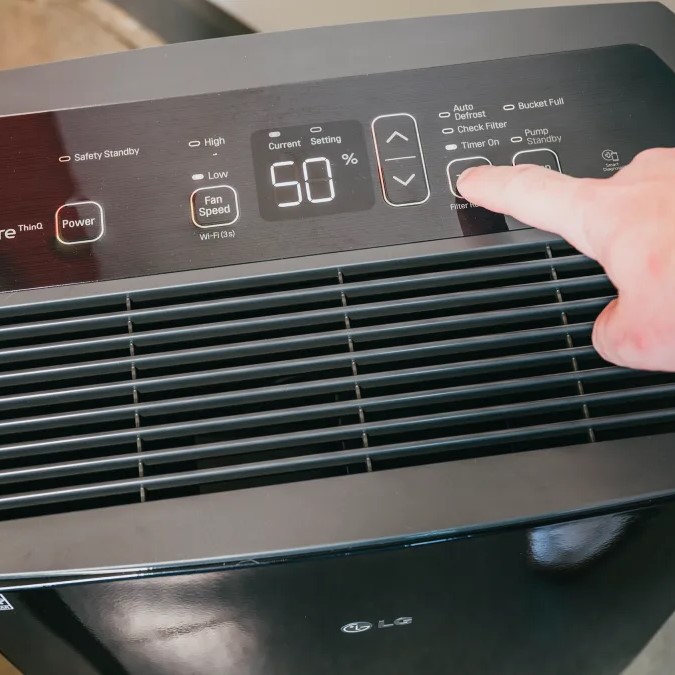
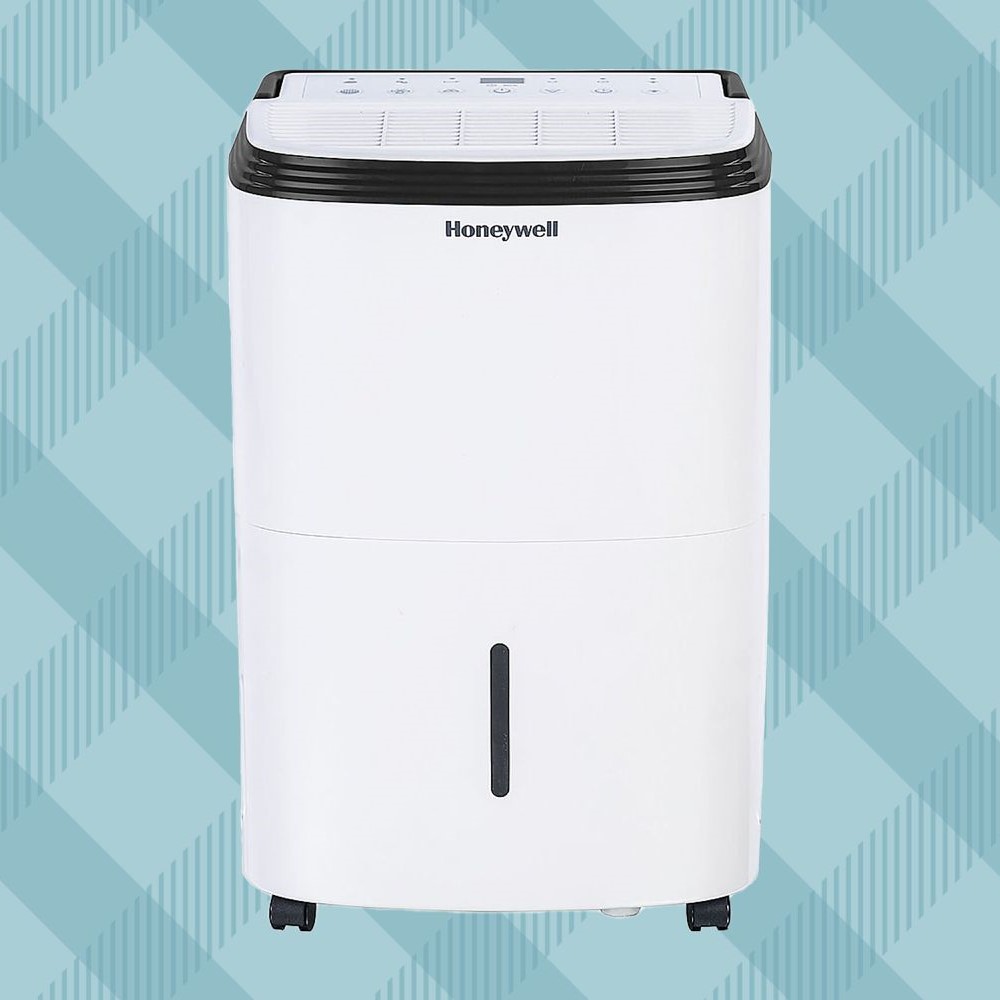 Understanding the Importance of a Home Dehumidifier
Understanding the Importance of a Home Dehumidifier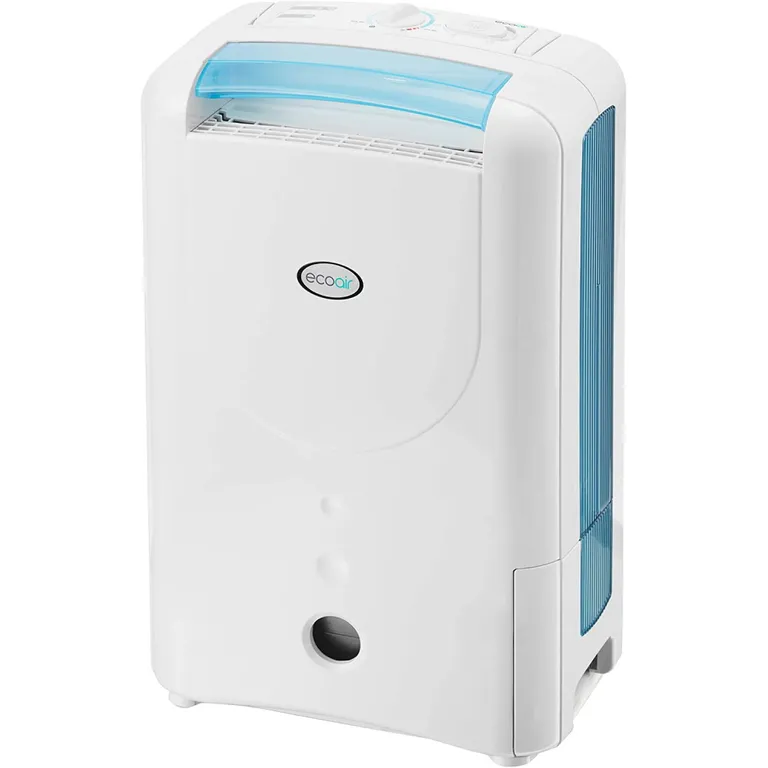 Top-Rated Home Dehumidifiers on the Market
Top-Rated Home Dehumidifiers on the Market Benefits of Investing in the Home Dehumidifier
Benefits of Investing in the Home Dehumidifier Tips for Maximizing the Efficiency of Your Dehumidifier
Tips for Maximizing the Efficiency of Your Dehumidifier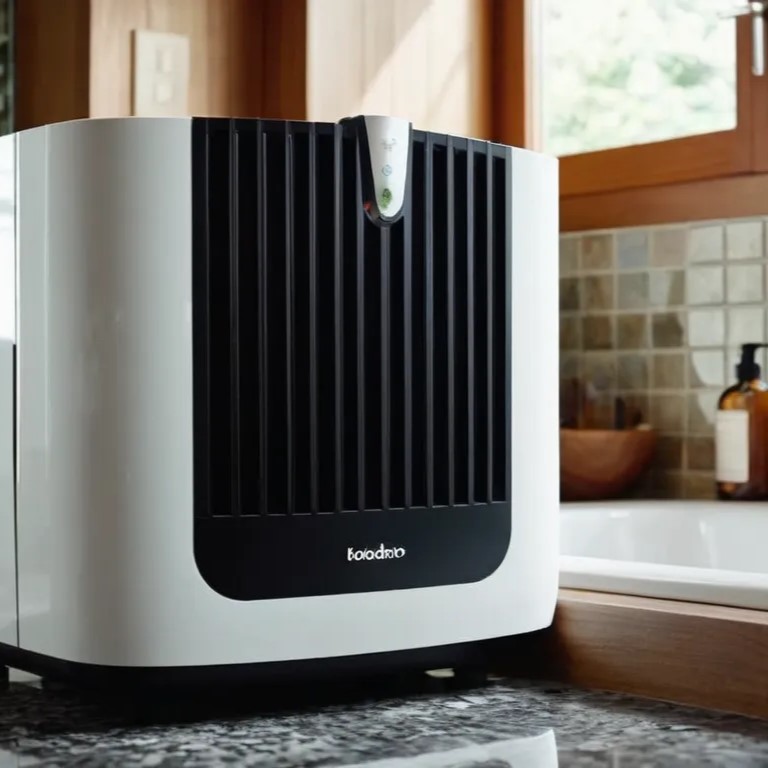
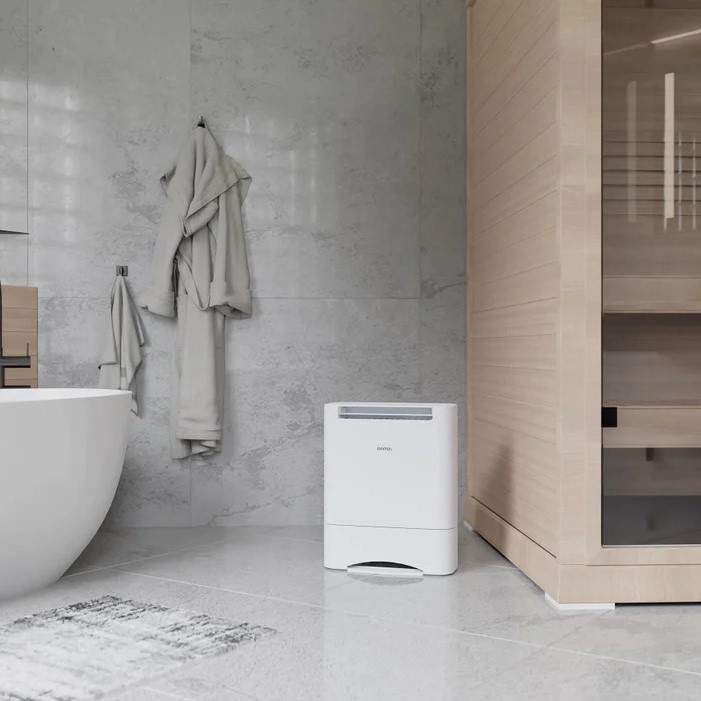 Why a Dehumidifier is Essential for Your Bathroom
Why a Dehumidifier is Essential for Your Bathroom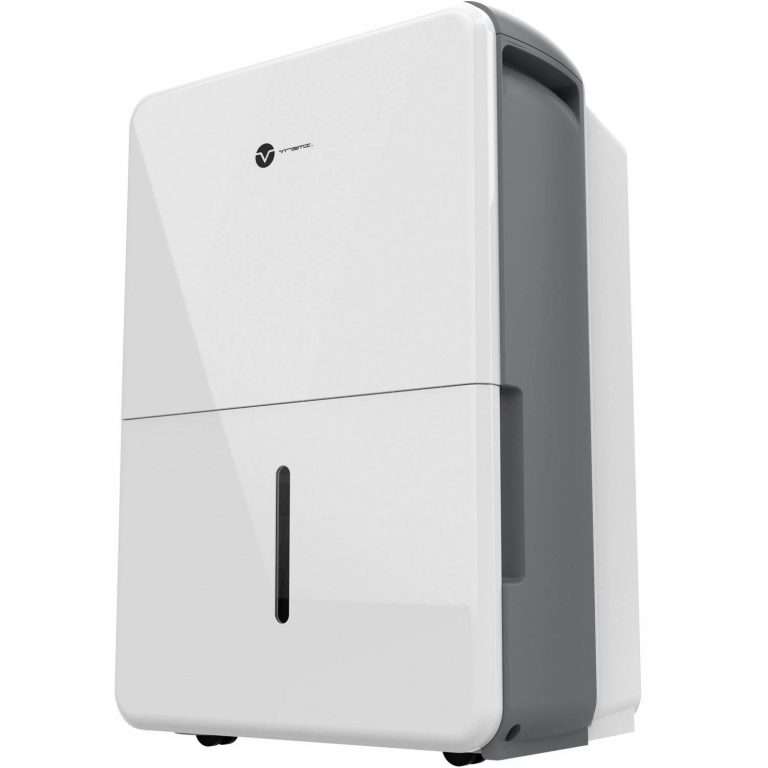 Top 5 Best Dehumidifiers for Bathroom
Top 5 Best Dehumidifiers for Bathroom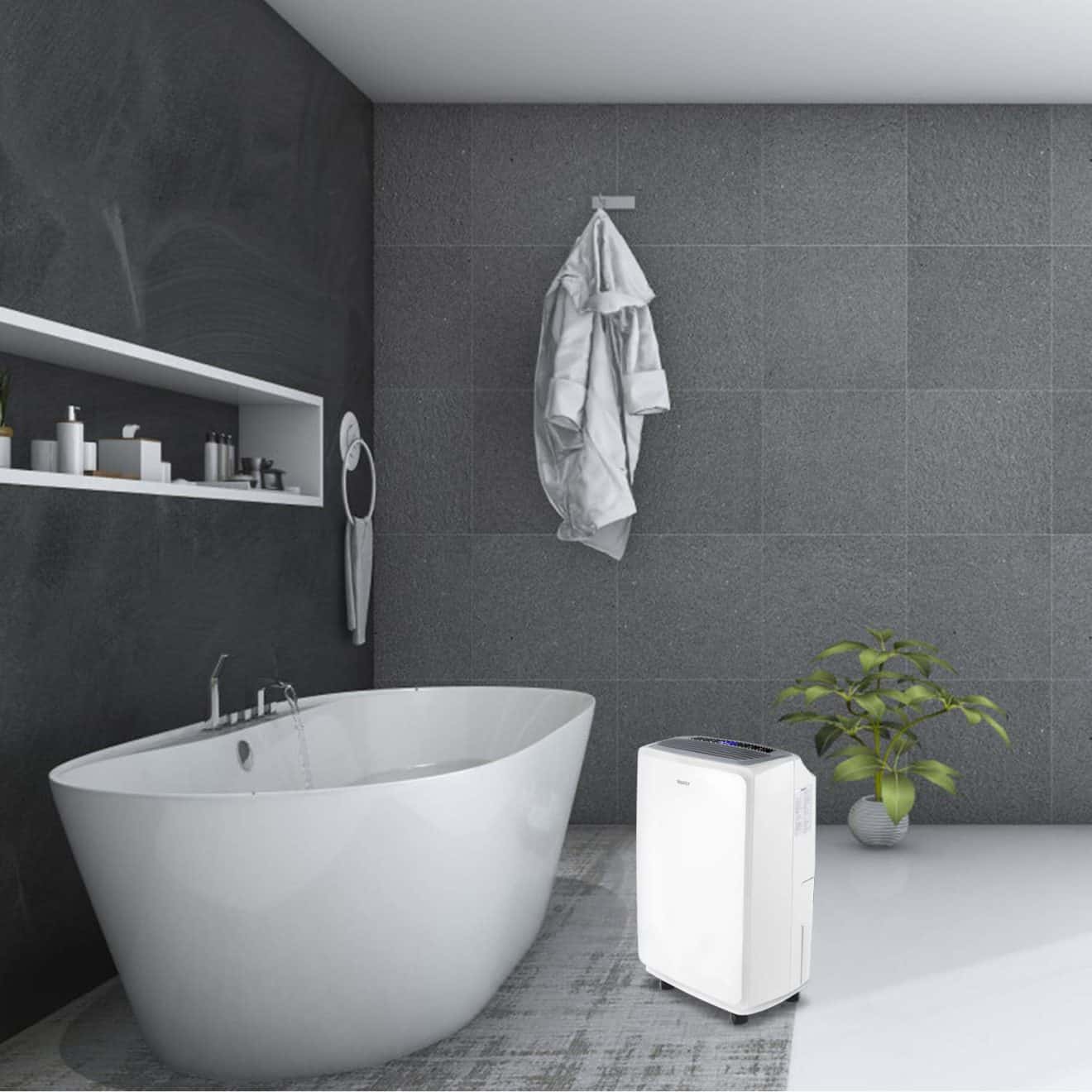 How to Maintain Your Bathroom Dehumidifier
How to Maintain Your Bathroom Dehumidifier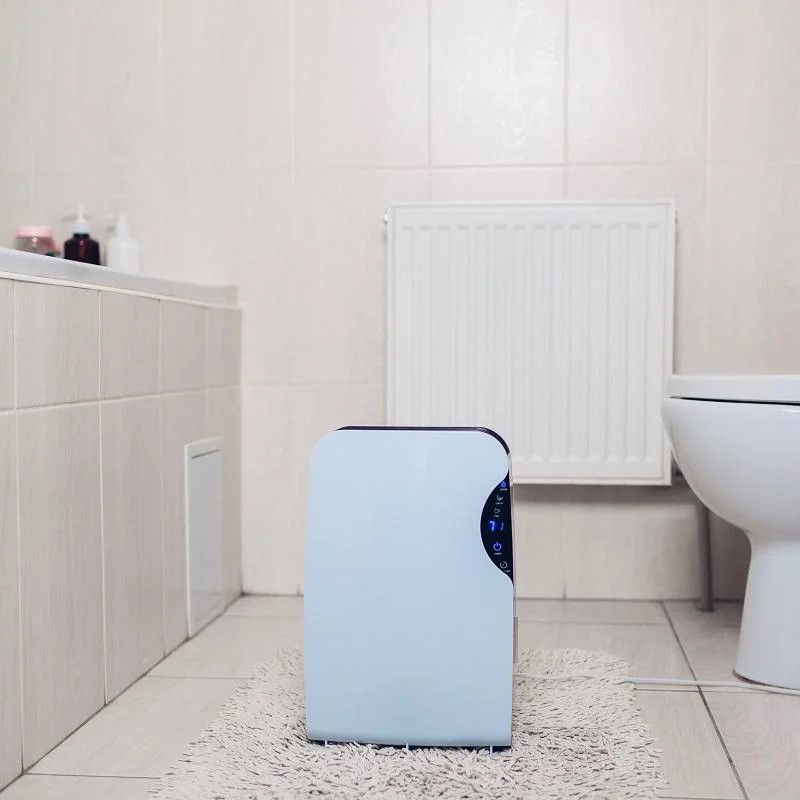 Benefits of Using a Dehumidifier in Your Bathroom
Benefits of Using a Dehumidifier in Your Bathroom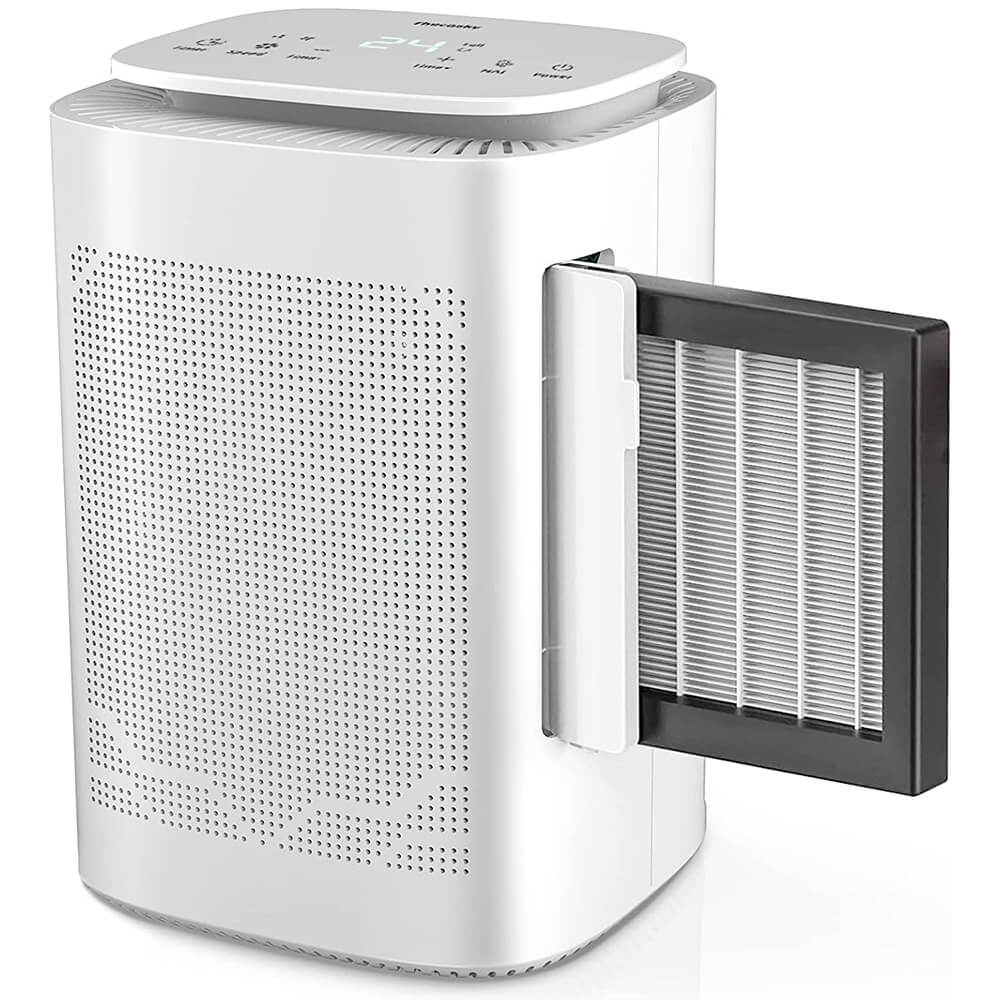
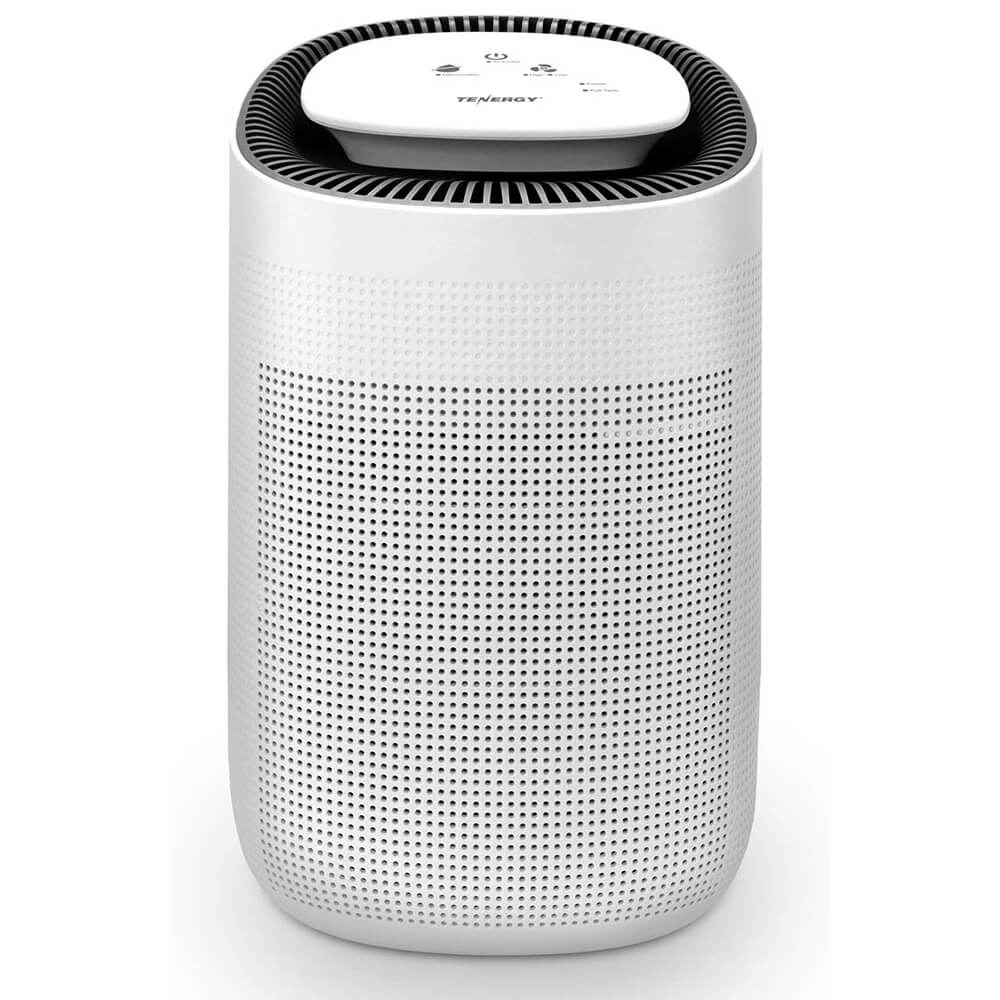 Understanding the Importance of Indoor Air Quality
Understanding the Importance of Indoor Air Quality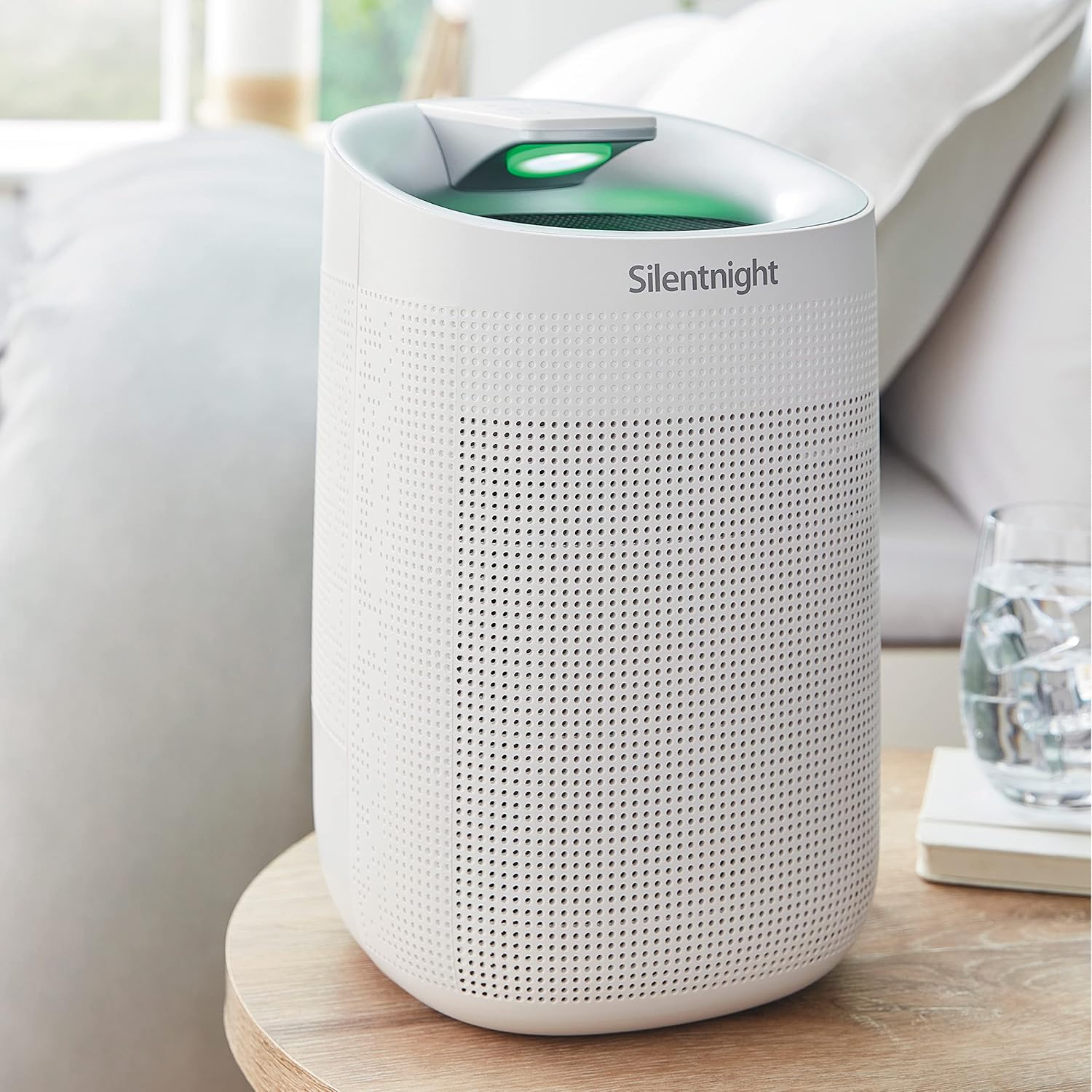 Choosing the Right Dehumidifier and Air Purifier for Your Needs
Choosing the Right Dehumidifier and Air Purifier for Your Needs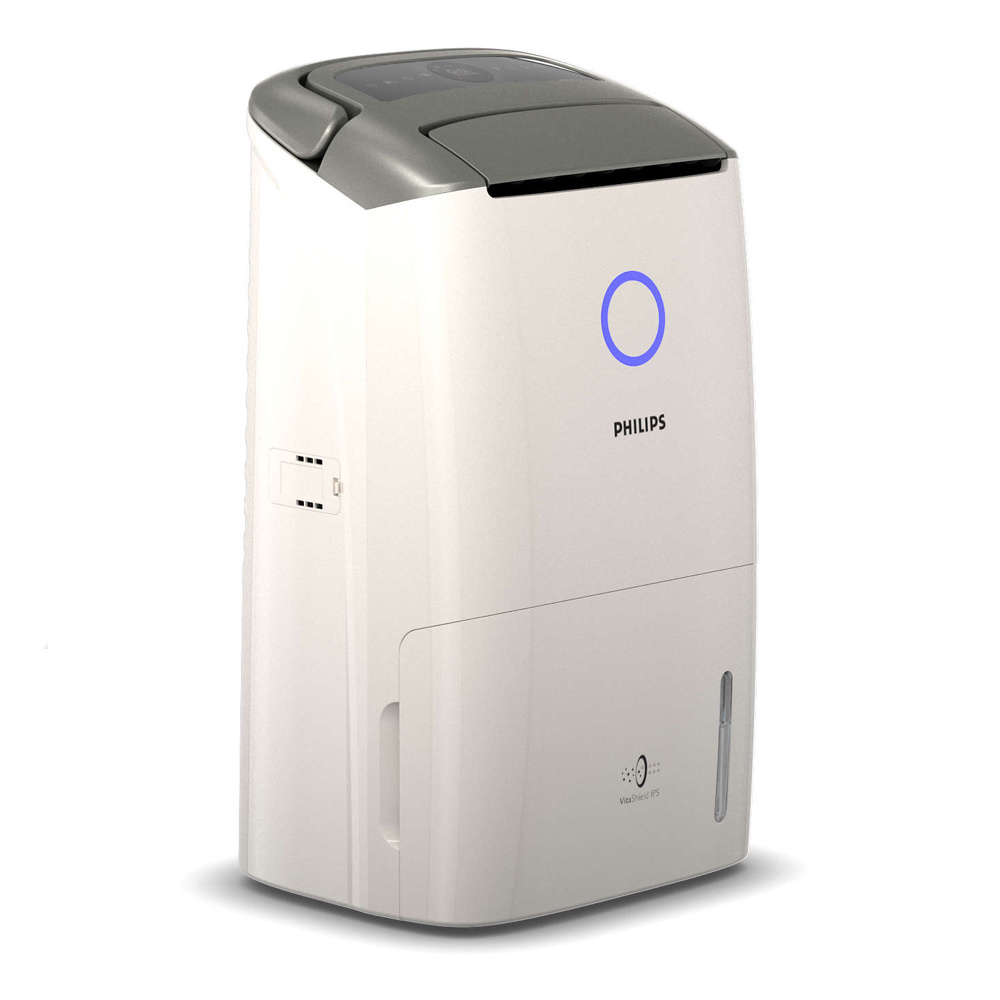 Maintenance and Care for Optimal Performance
Maintenance and Care for Optimal Performance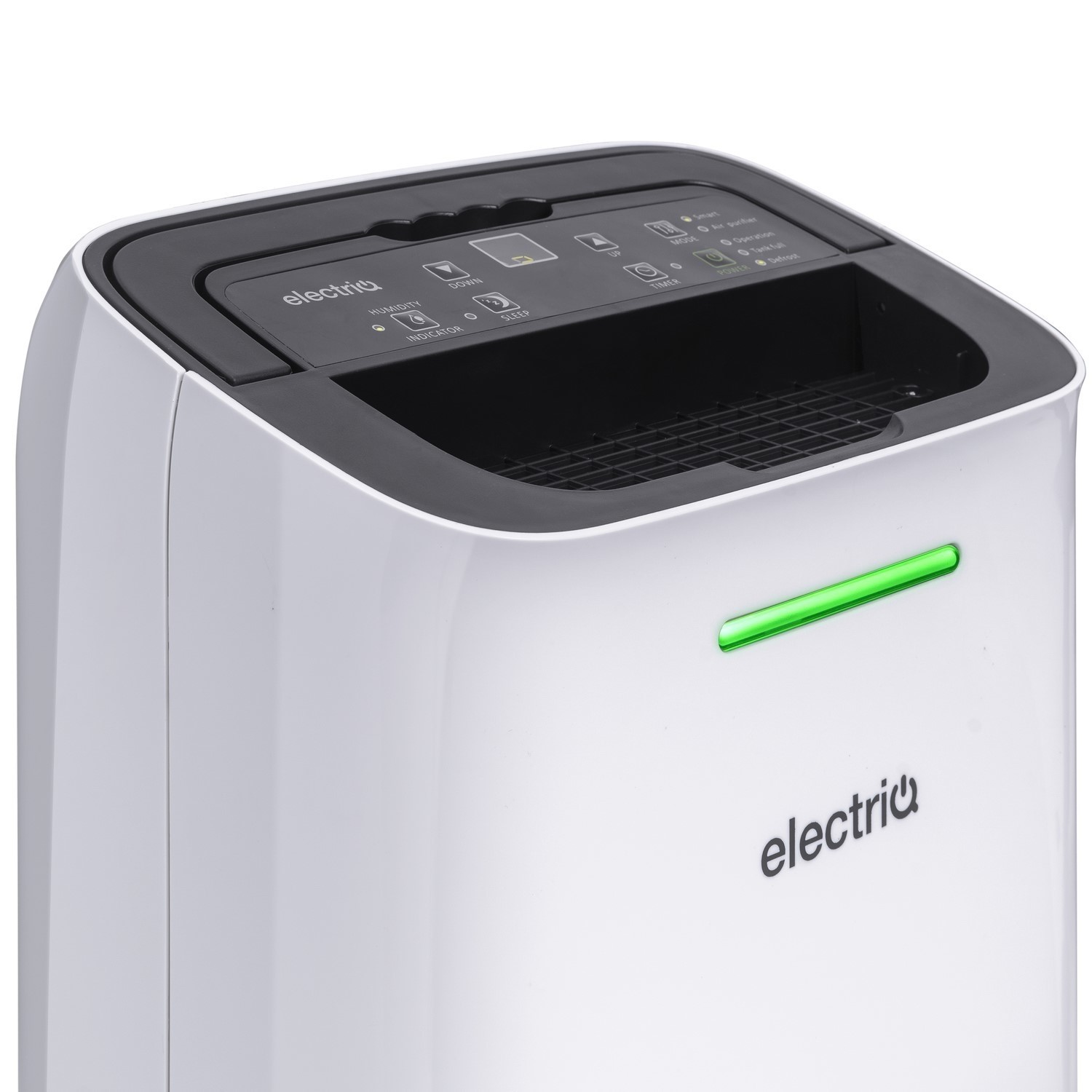 Integrating a Dehumidifier and Air Purifier into Your Home
Integrating a Dehumidifier and Air Purifier into Your Home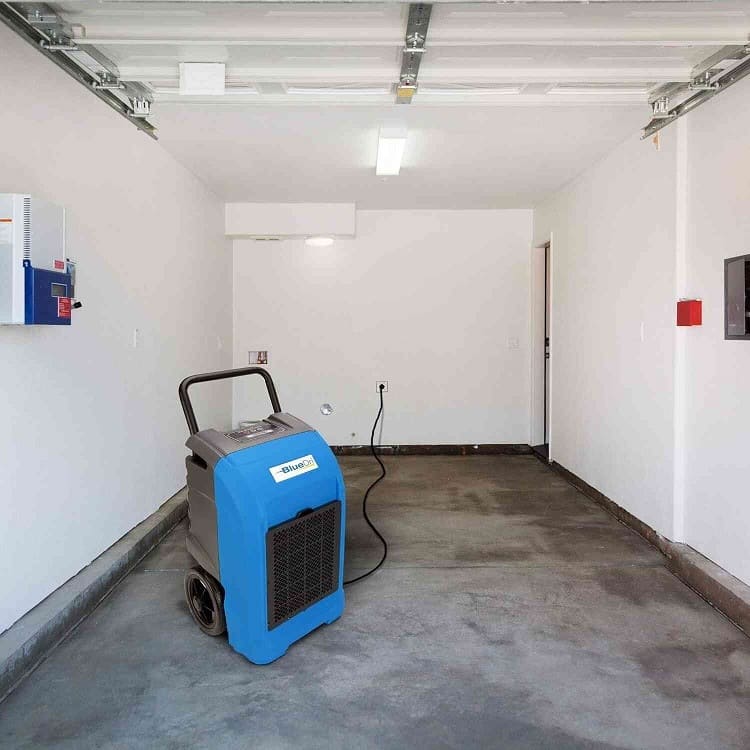
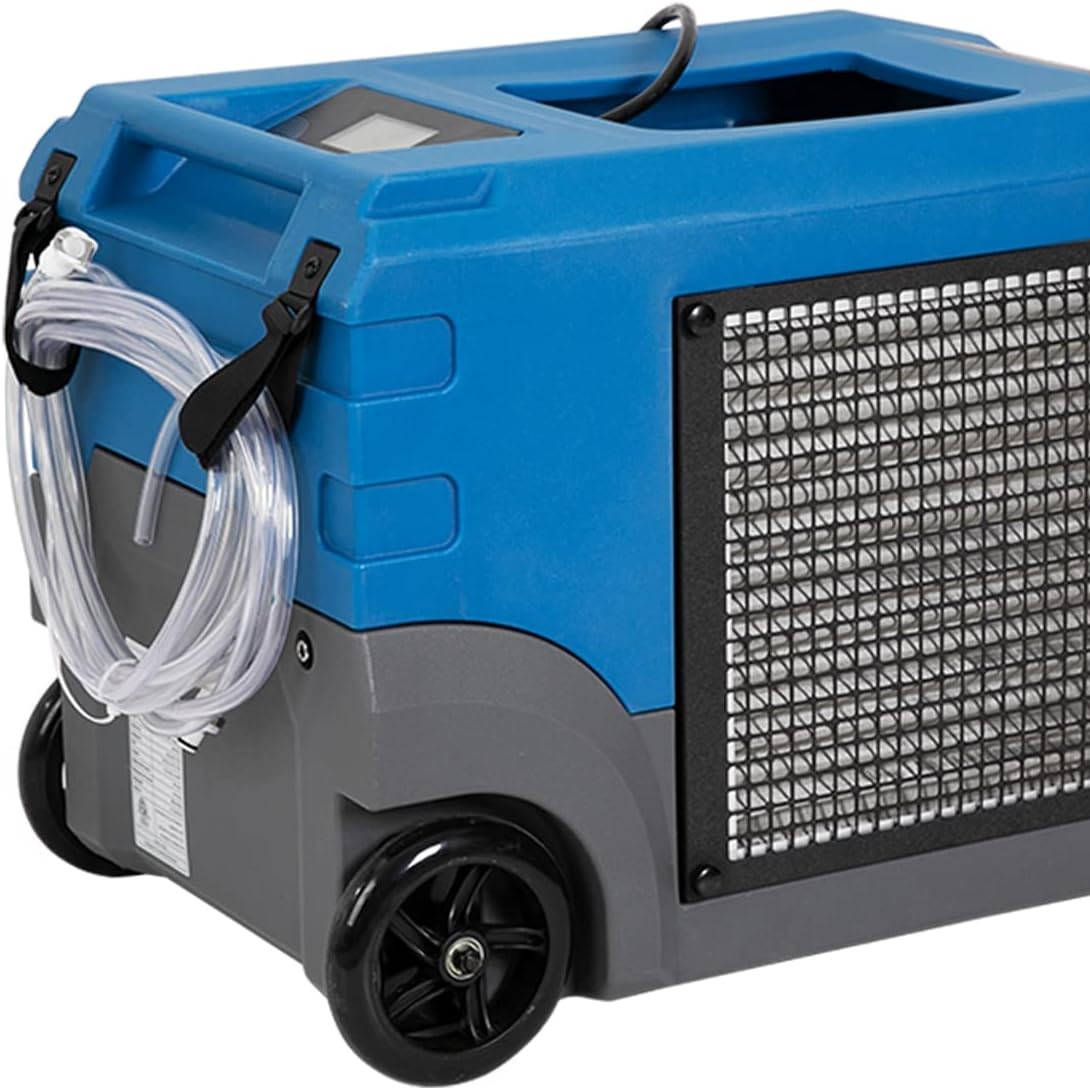 The Crucial Role of a Dehumidifier in Your Garage
The Crucial Role of a Dehumidifier in Your Garage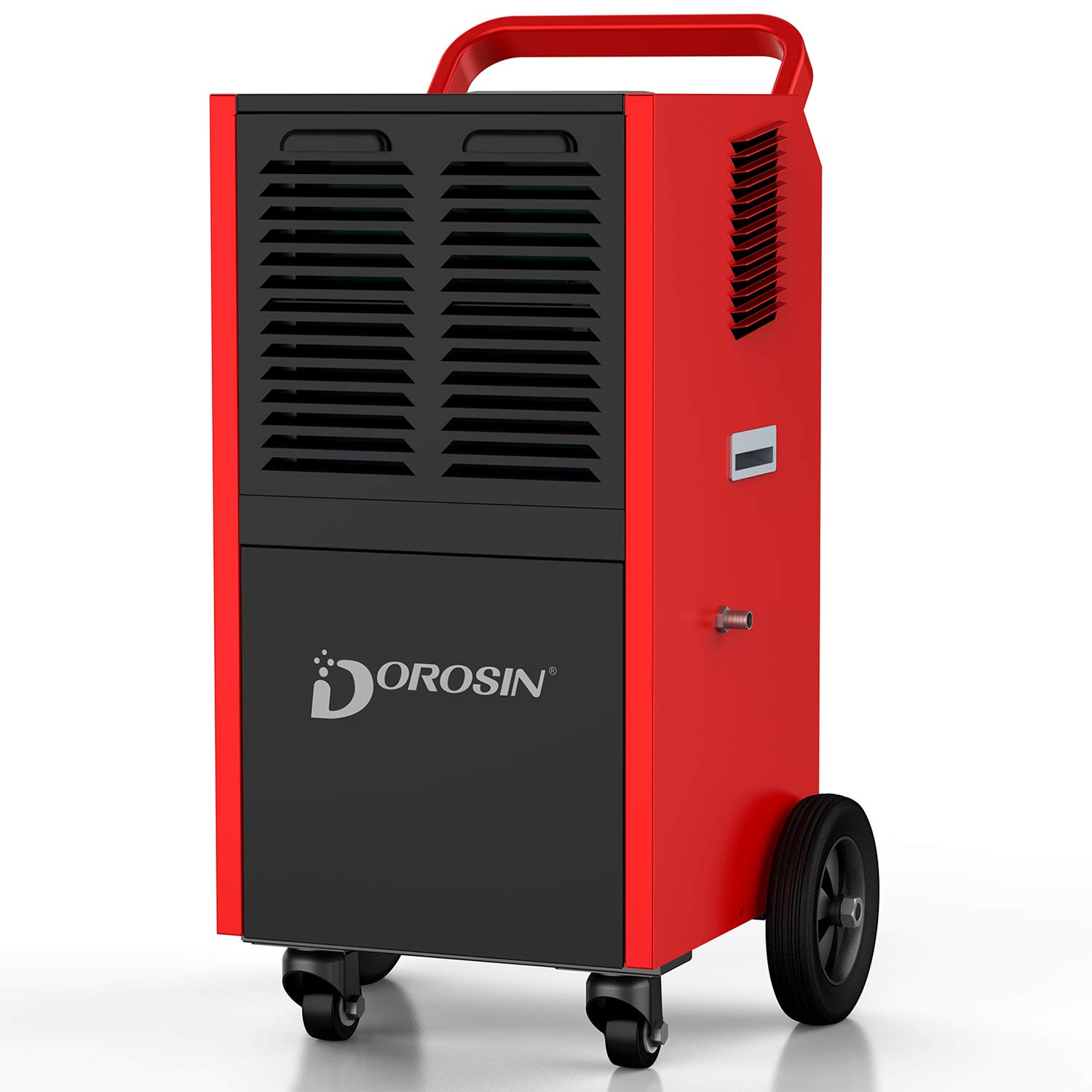 Benefits of Using a Dehumidifier in Your Garage
Benefits of Using a Dehumidifier in Your Garage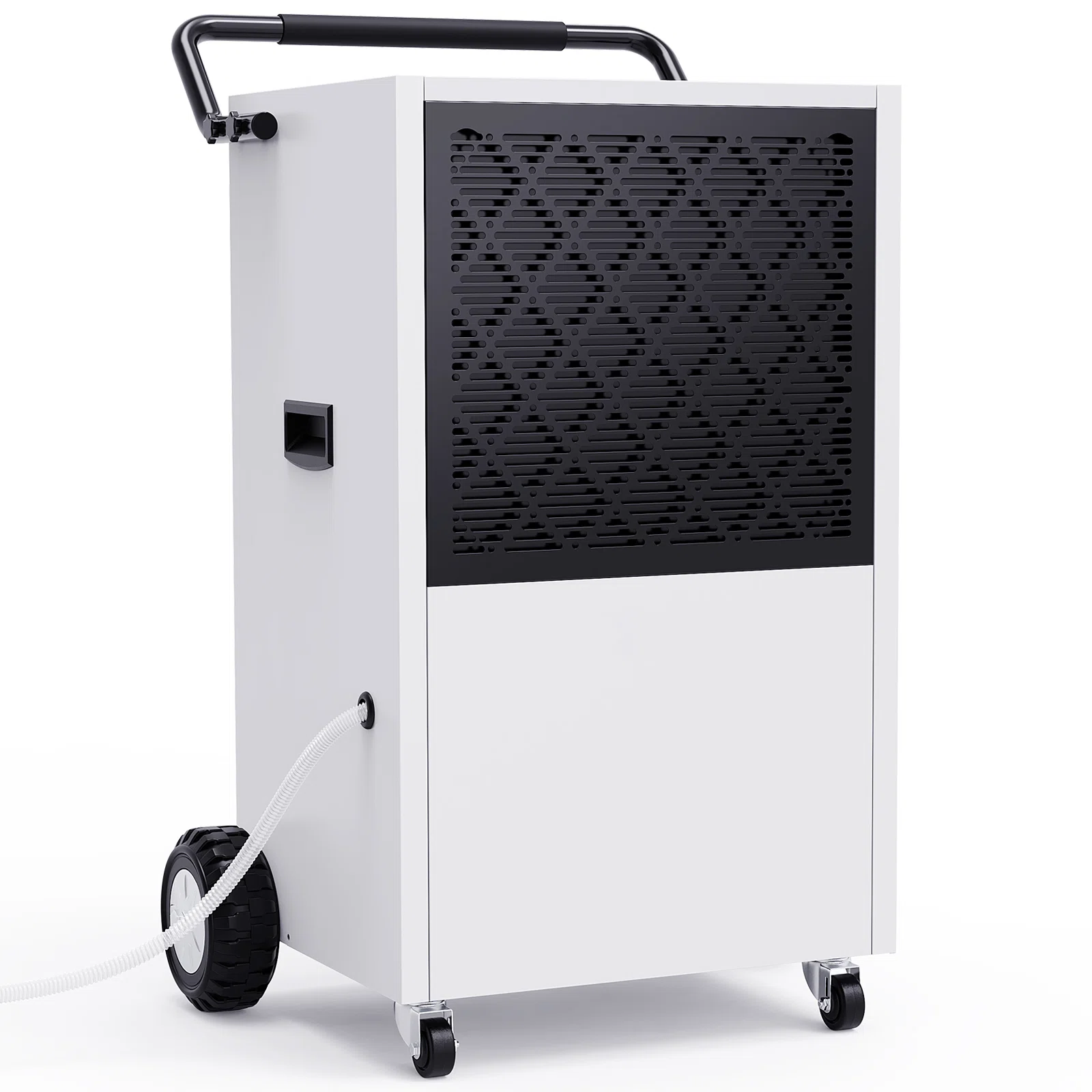 Maintenance and Care for Your Garage Dehumidifier
Maintenance and Care for Your Garage Dehumidifier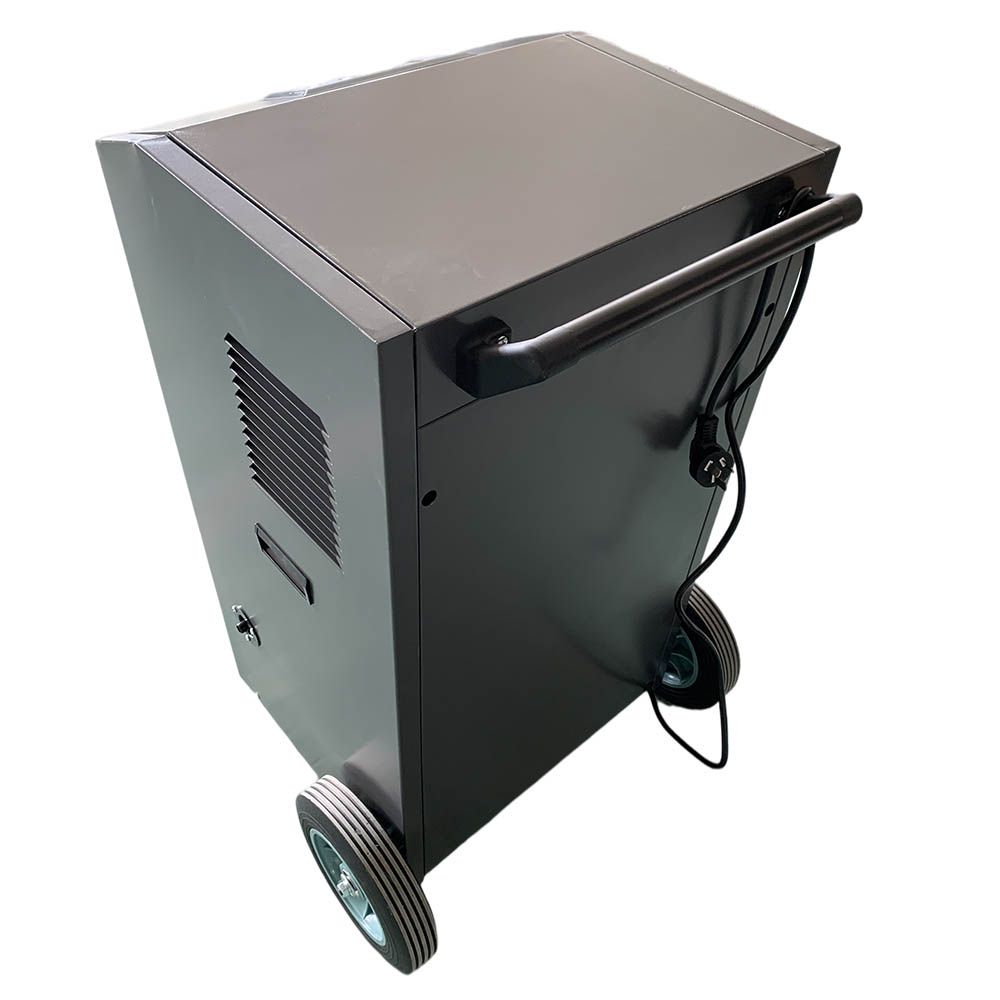 Maximizing the Efficiency of Your Garage Dehumidifier
Maximizing the Efficiency of Your Garage Dehumidifier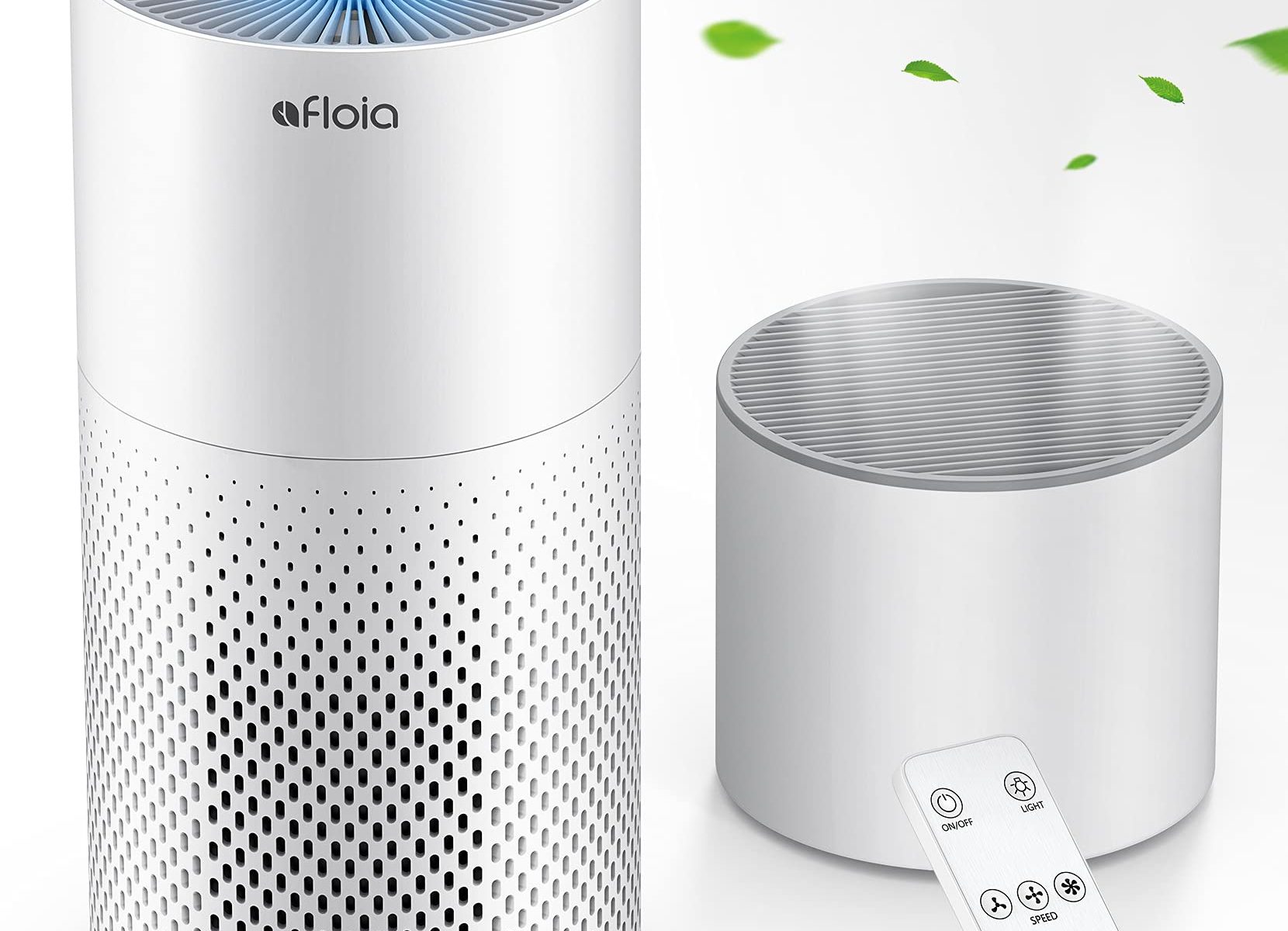
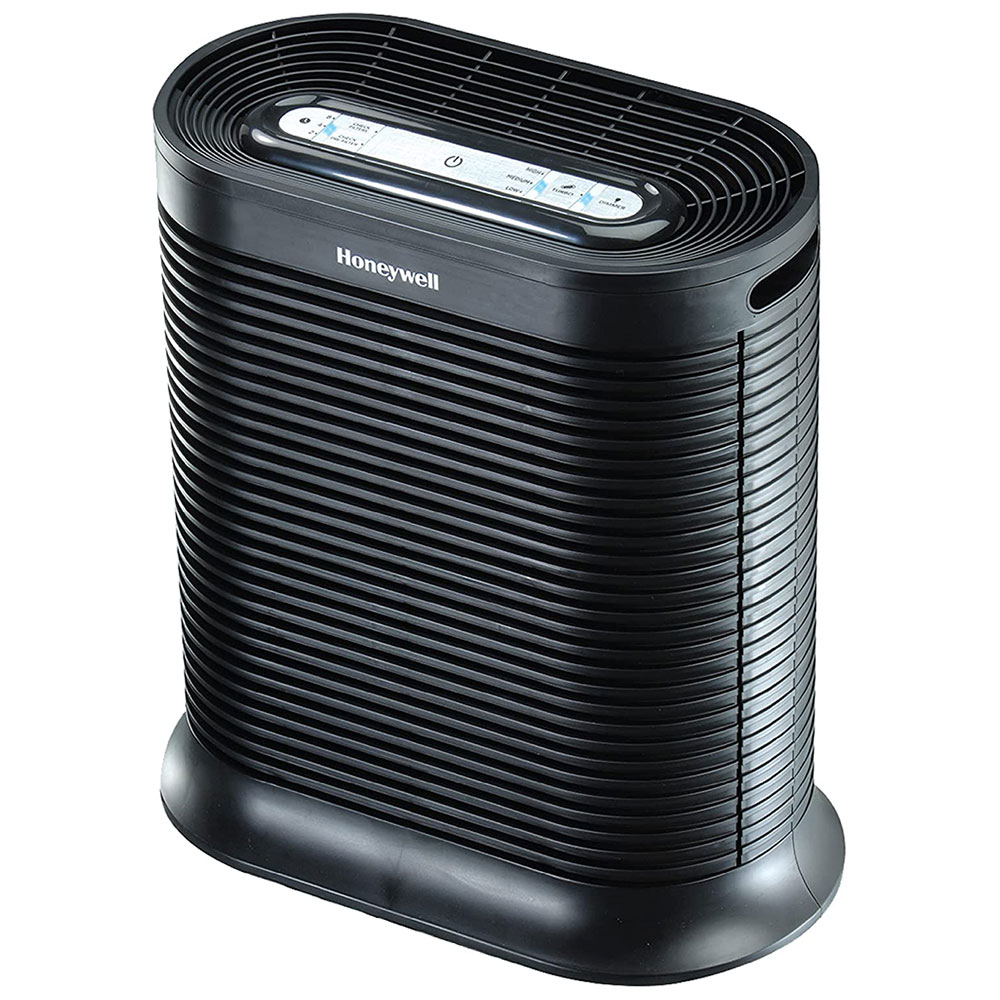 What is an Air Purifier?
What is an Air Purifier?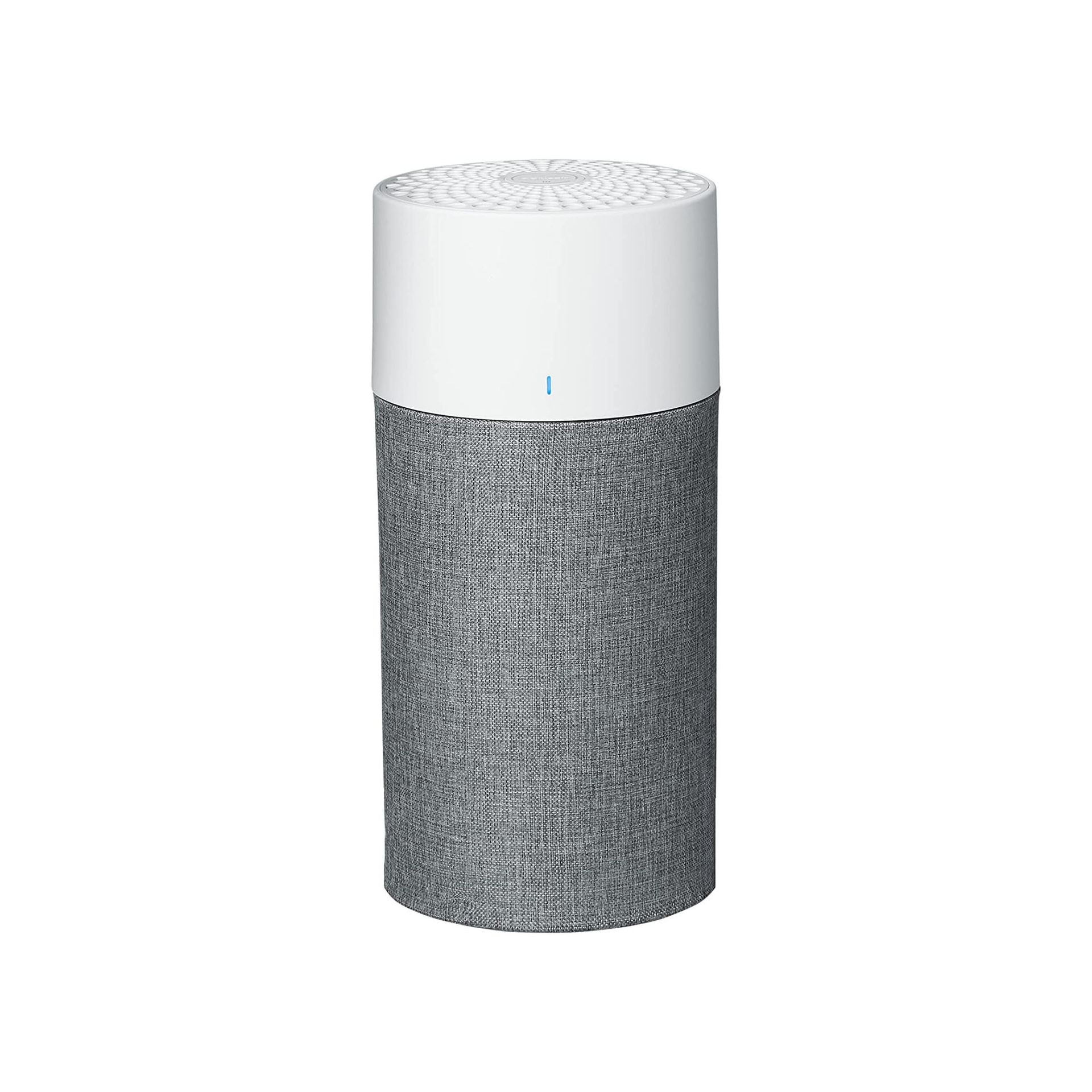 Air Purifier vs Dehumidifier: Key Differences
Air Purifier vs Dehumidifier: Key Differences Combining an Air Purifier and Dehumidifier
Combining an Air Purifier and Dehumidifier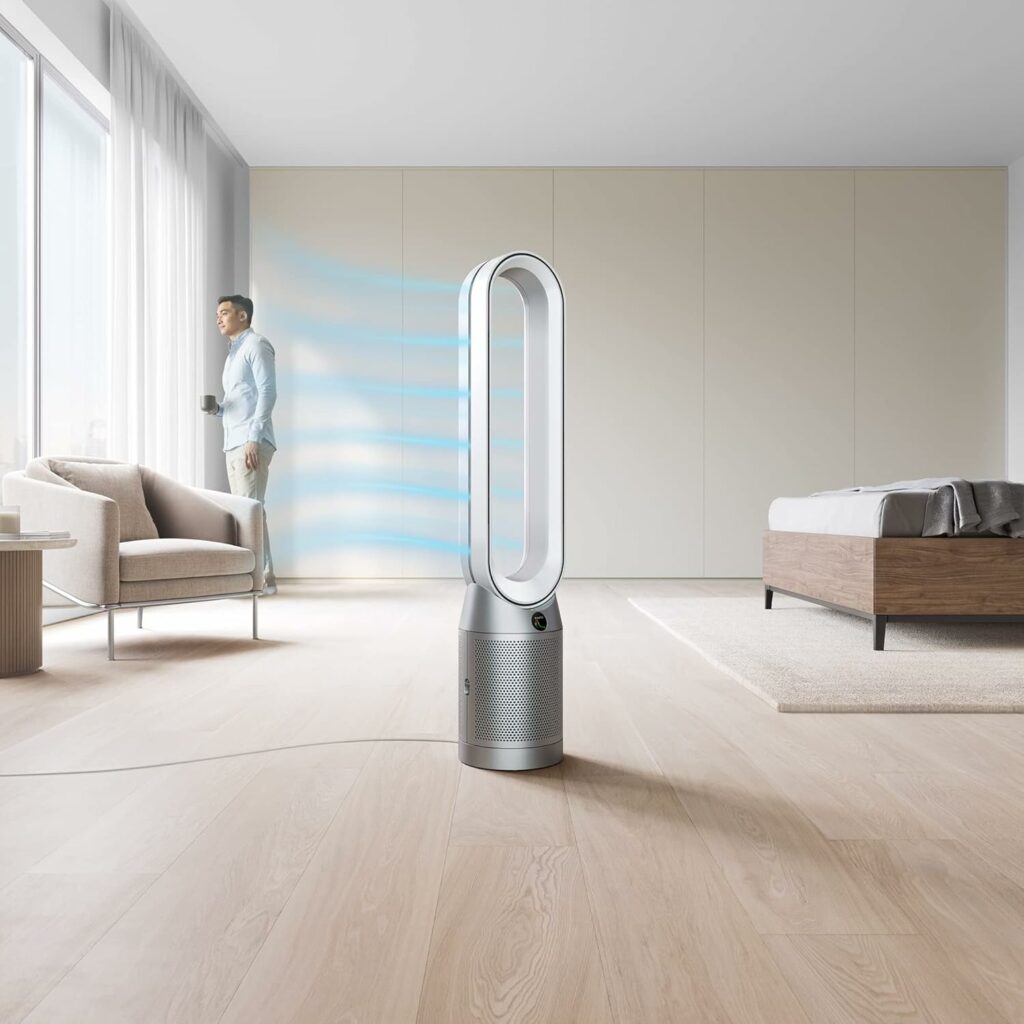 Maintenance and Care for Optimal Performance
Maintenance and Care for Optimal Performance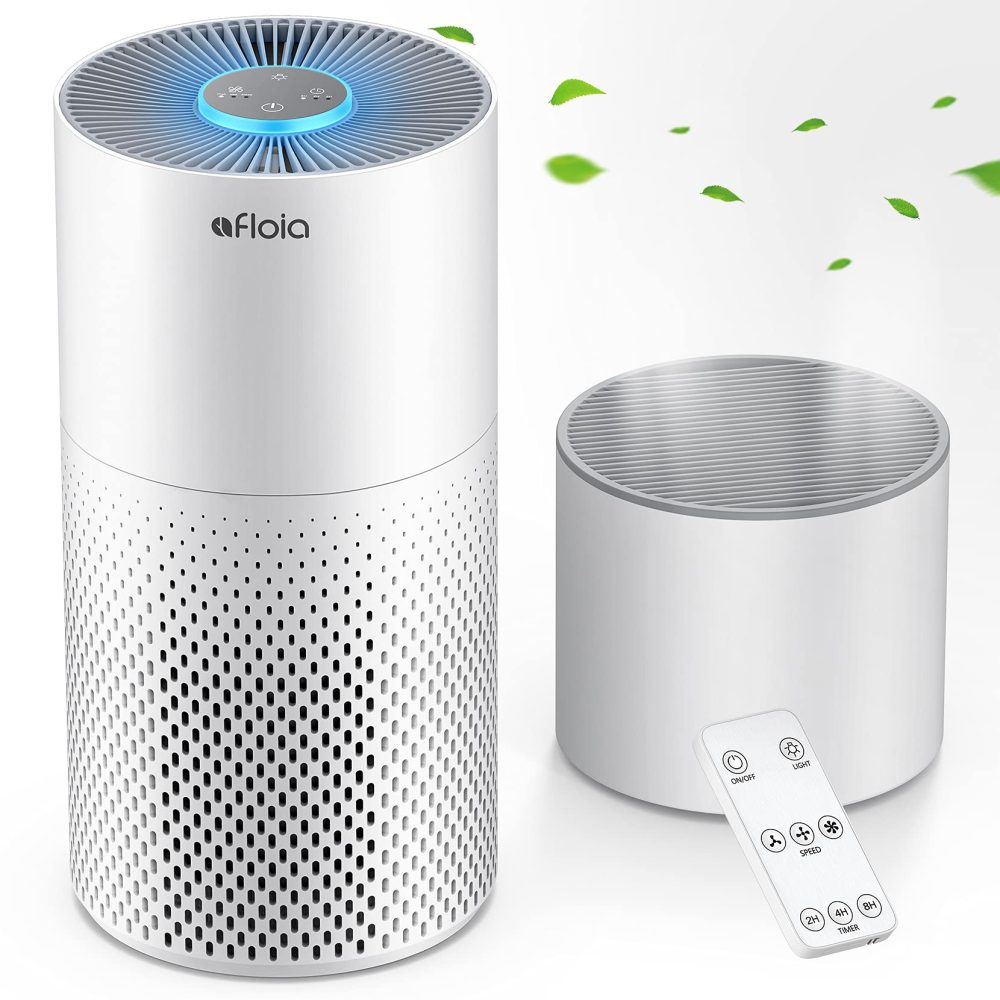 Conclusion
Conclusion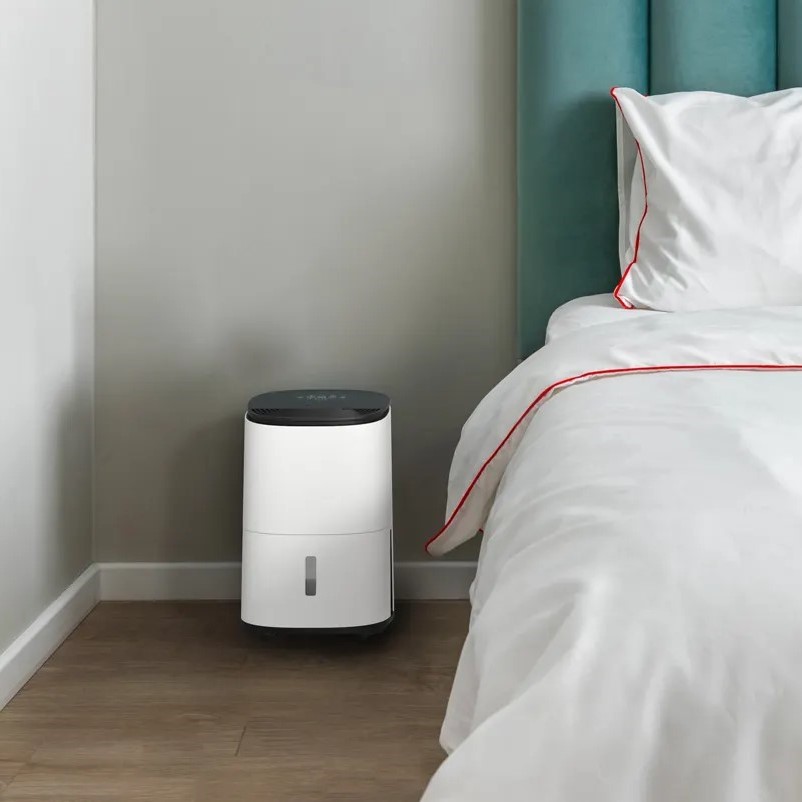
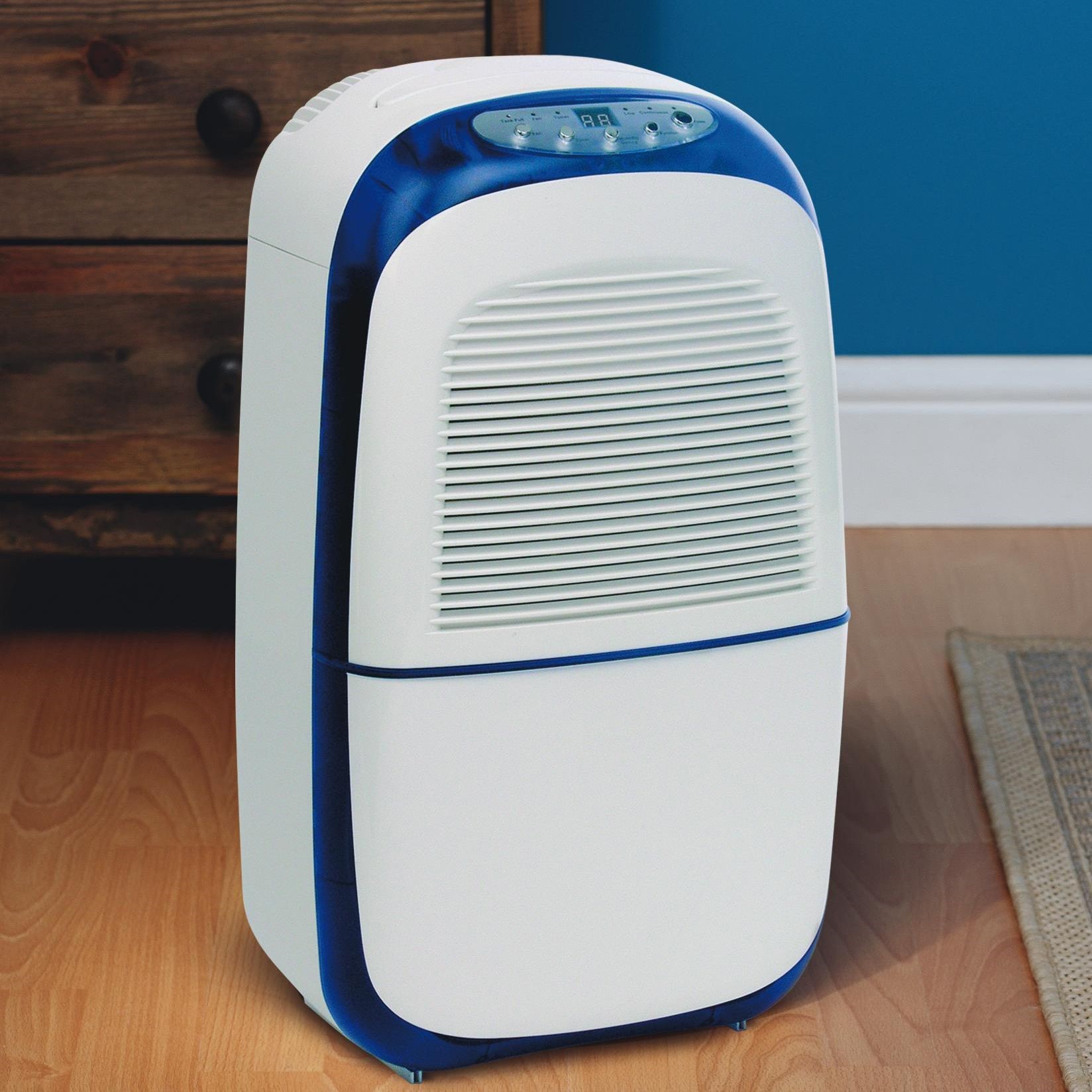 Understanding the Importance of a Dehumidifier in Your Bedroom
Understanding the Importance of a Dehumidifier in Your Bedroom Practical Tips for Using a Dehumidifier in Your Bedroom
Practical Tips for Using a Dehumidifier in Your Bedroom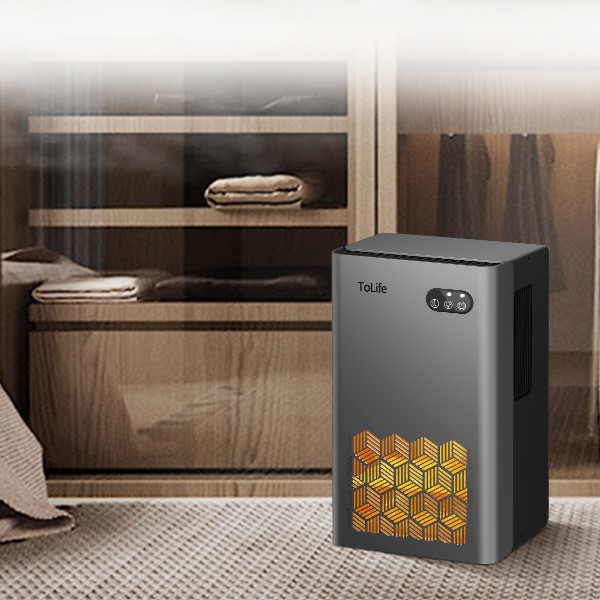 Common Problems and Troubleshooting for Dehumidifiers in Bedrooms
Common Problems and Troubleshooting for Dehumidifiers in Bedrooms Selecting the Right Dehumidifier for Your Bedroom
Selecting the Right Dehumidifier for Your Bedroom